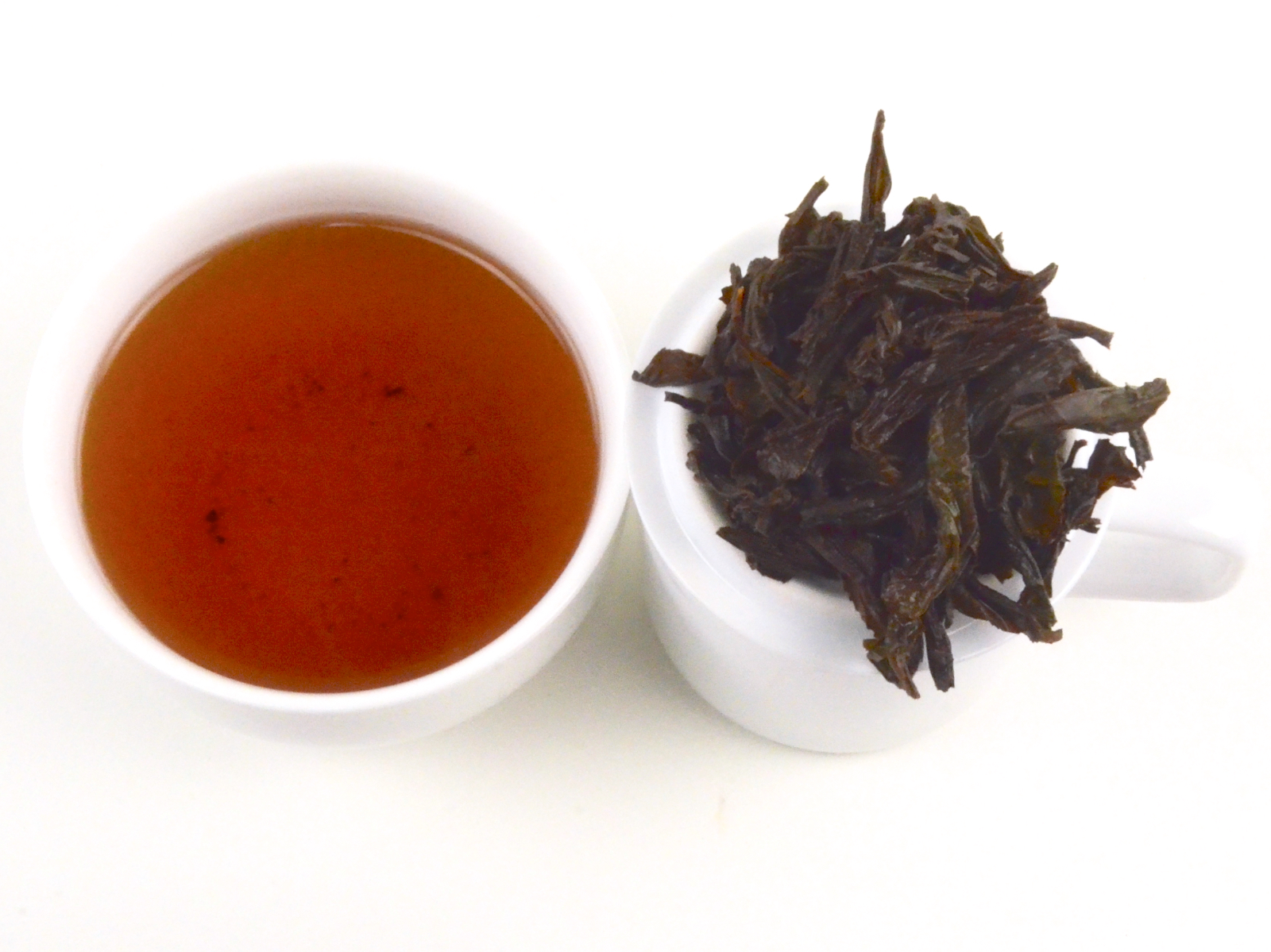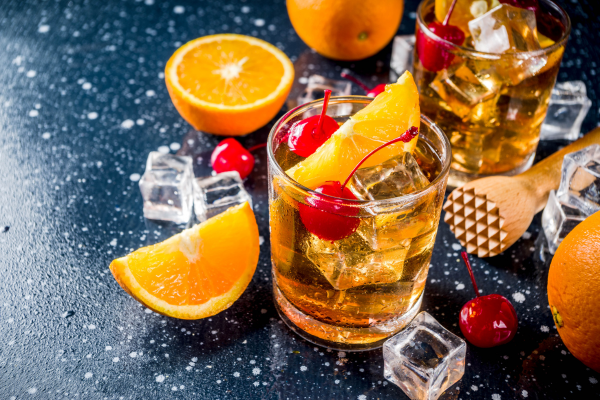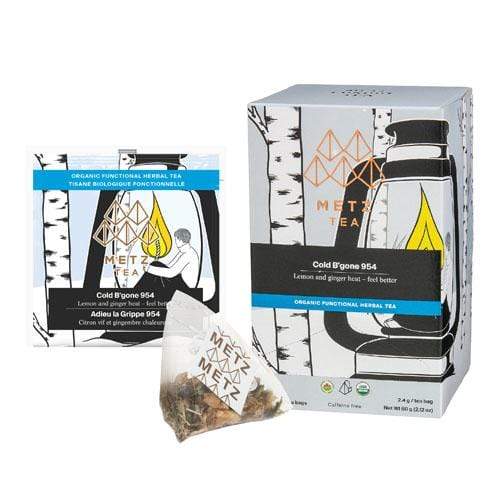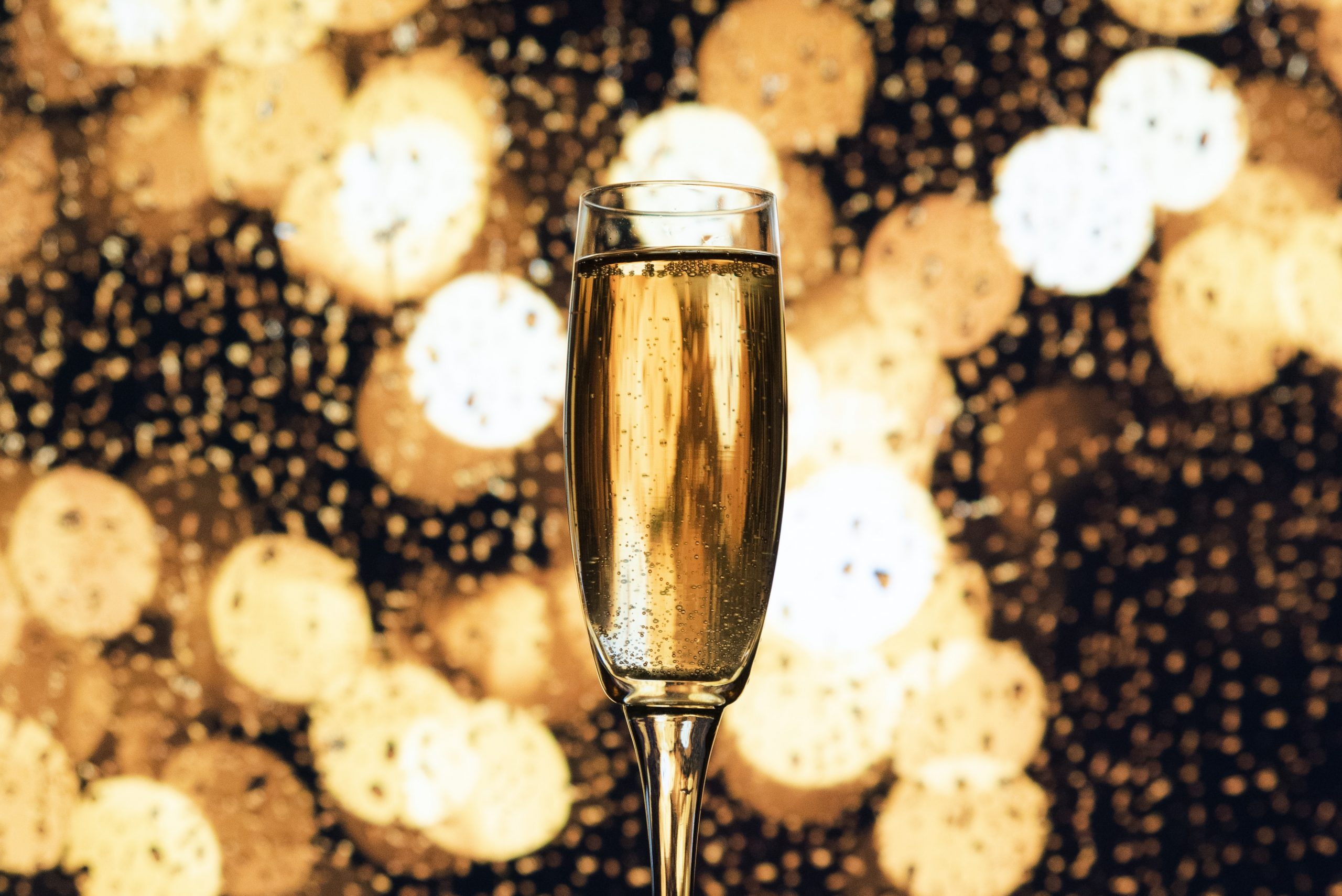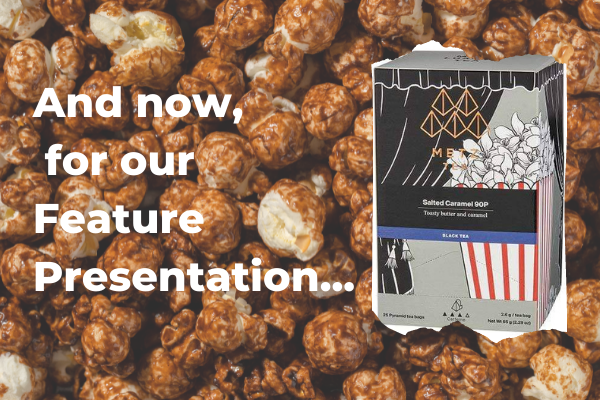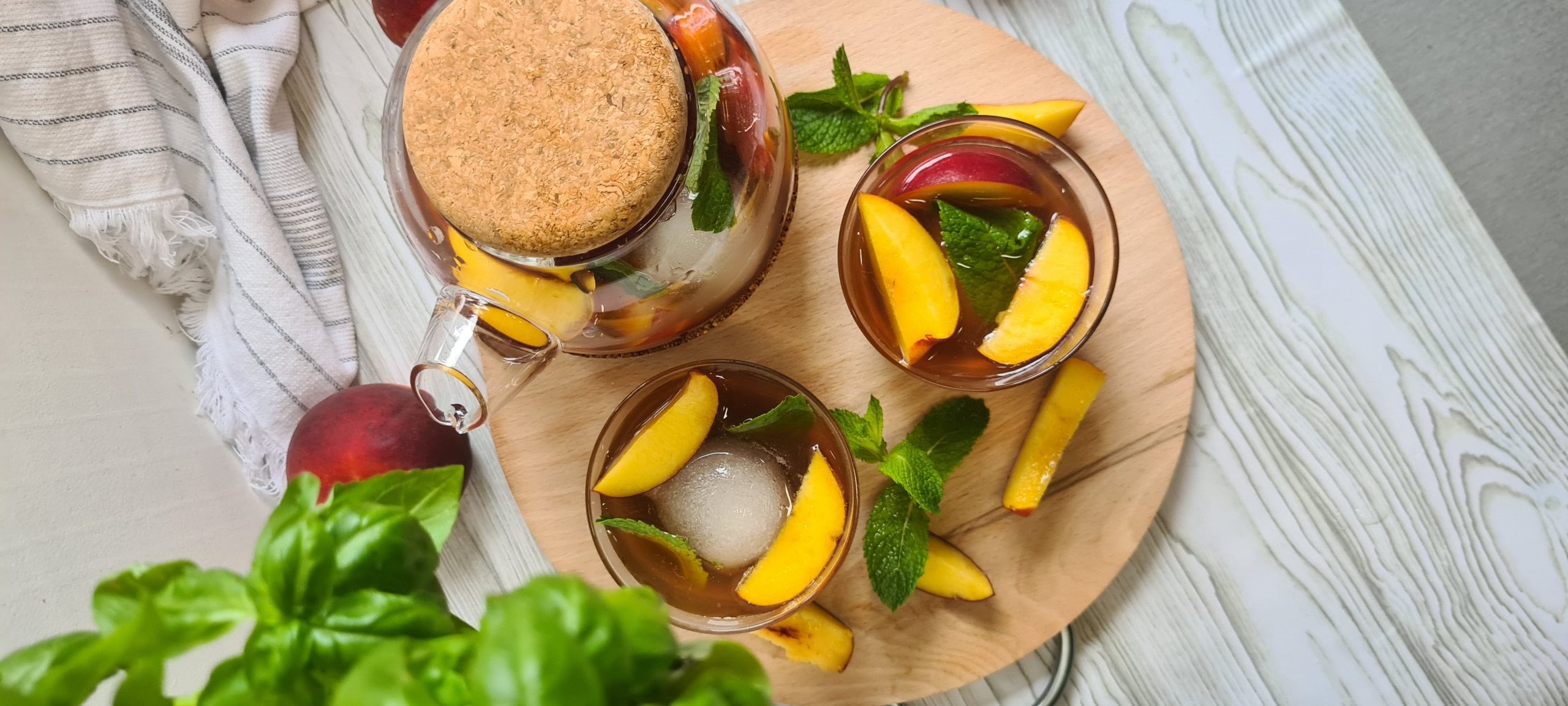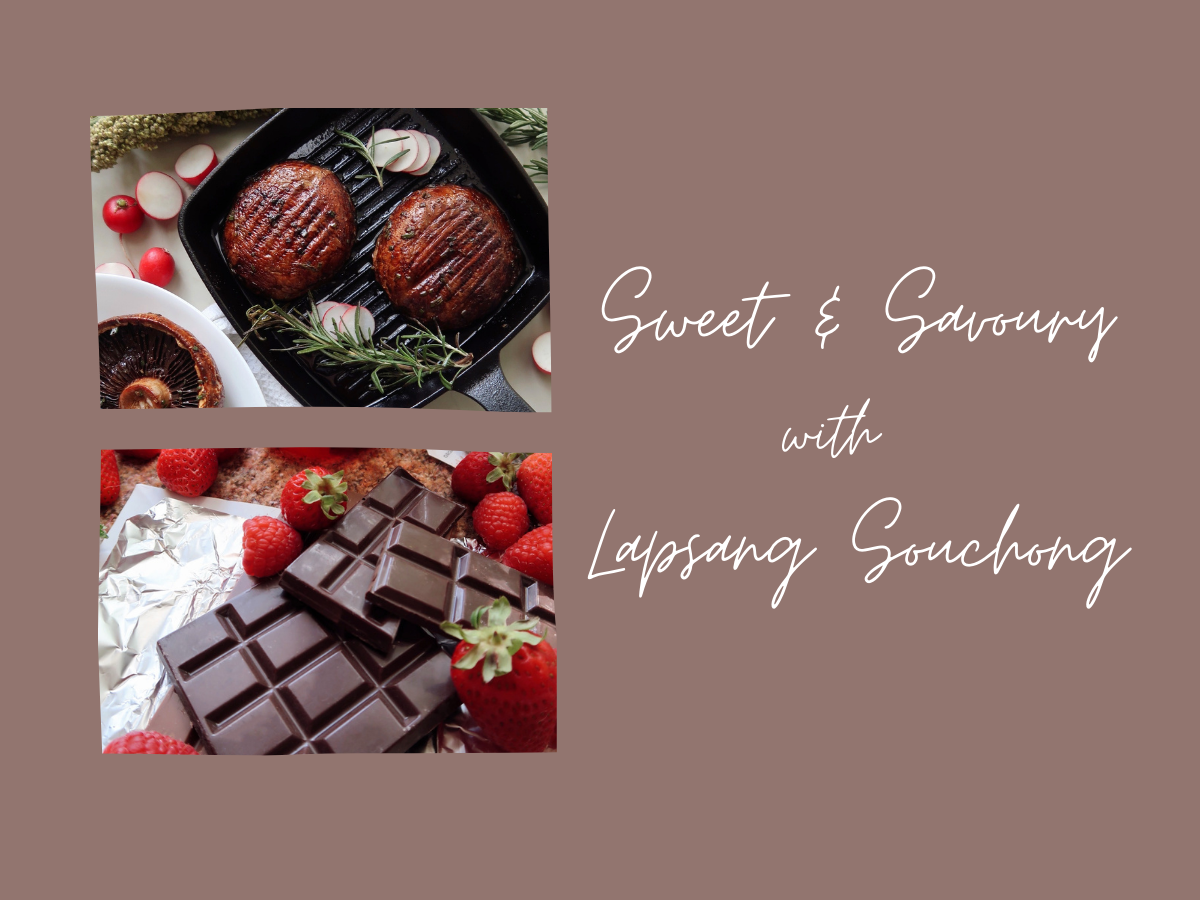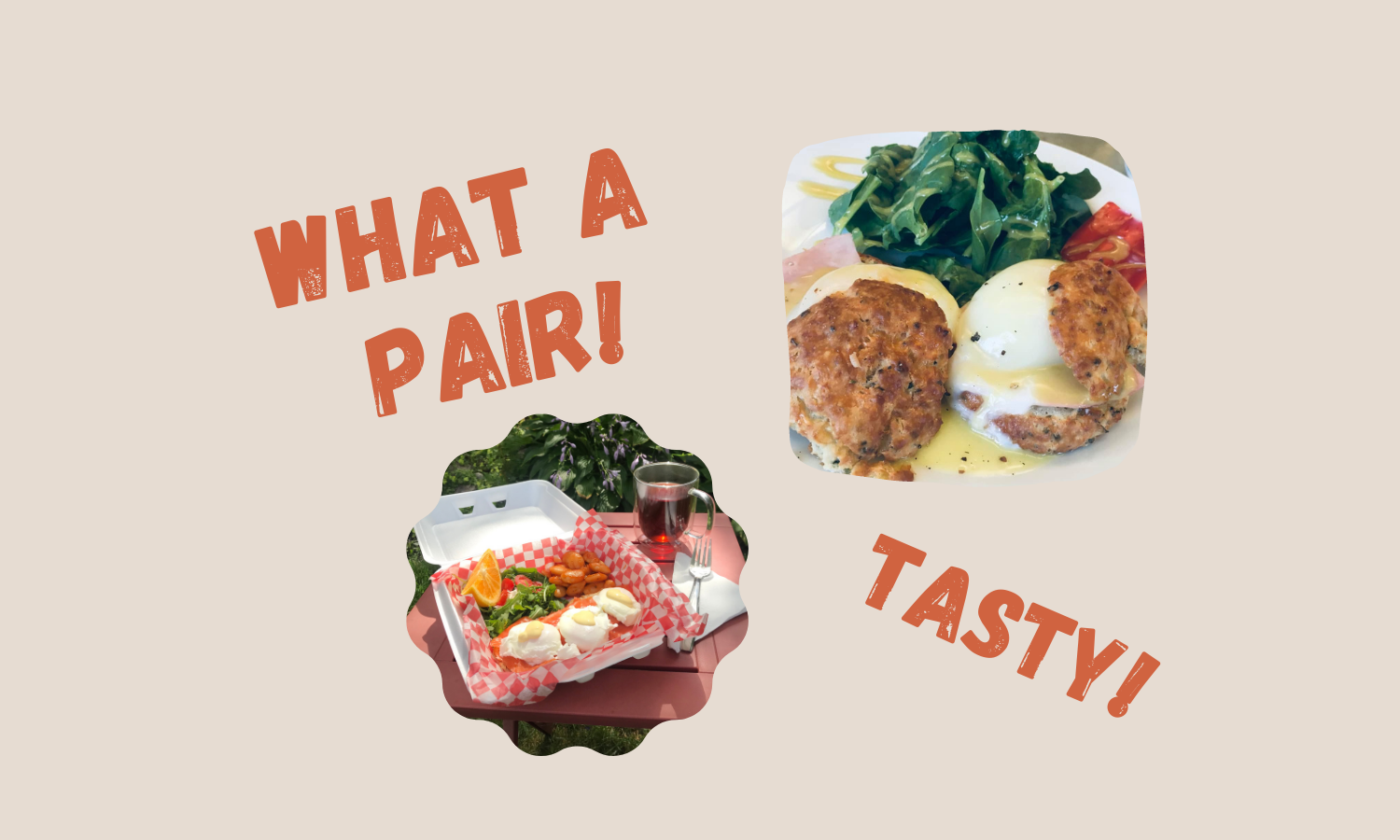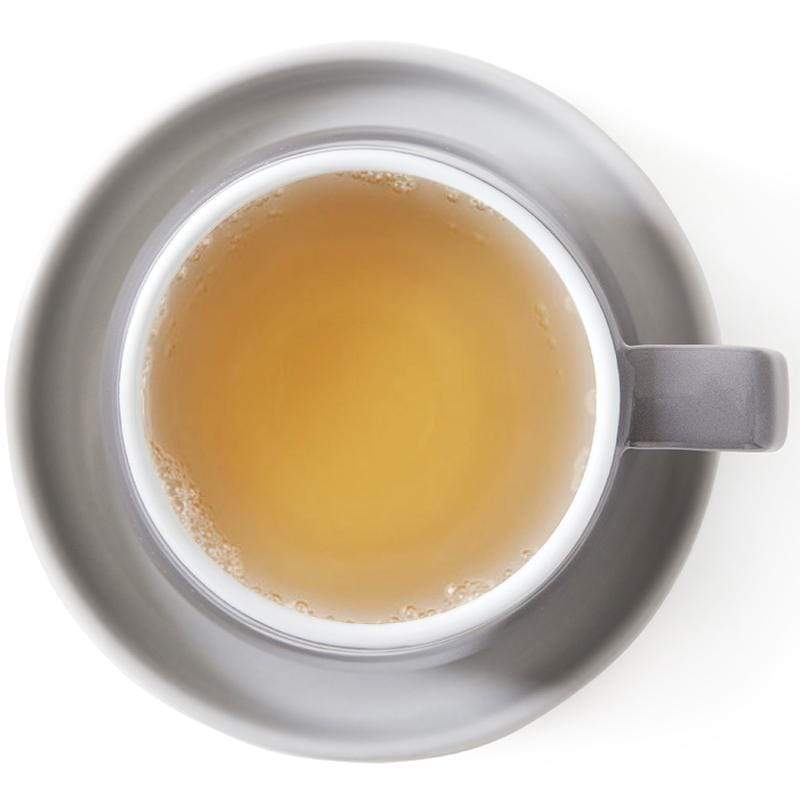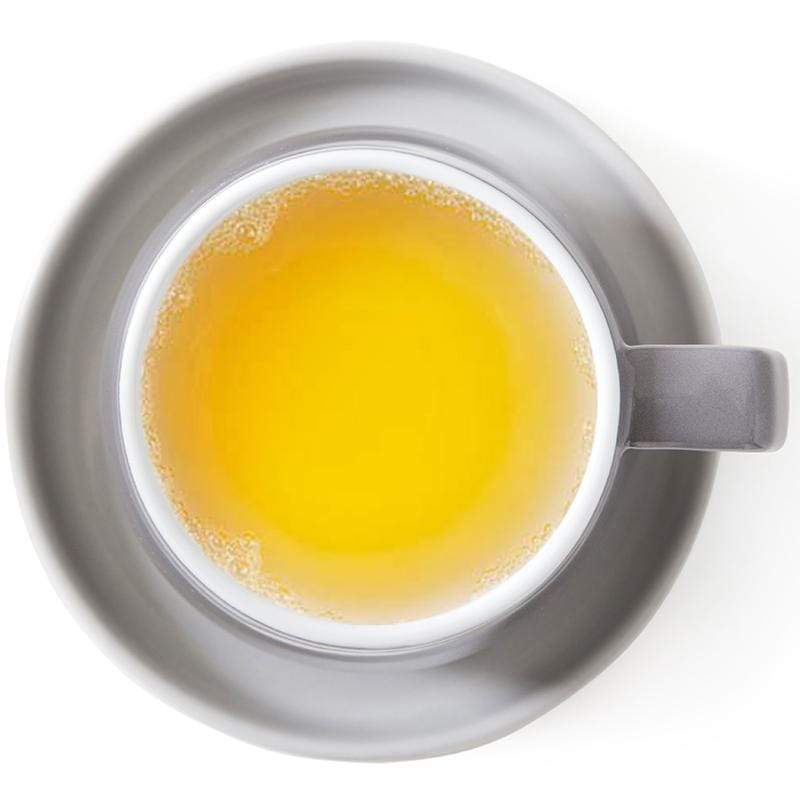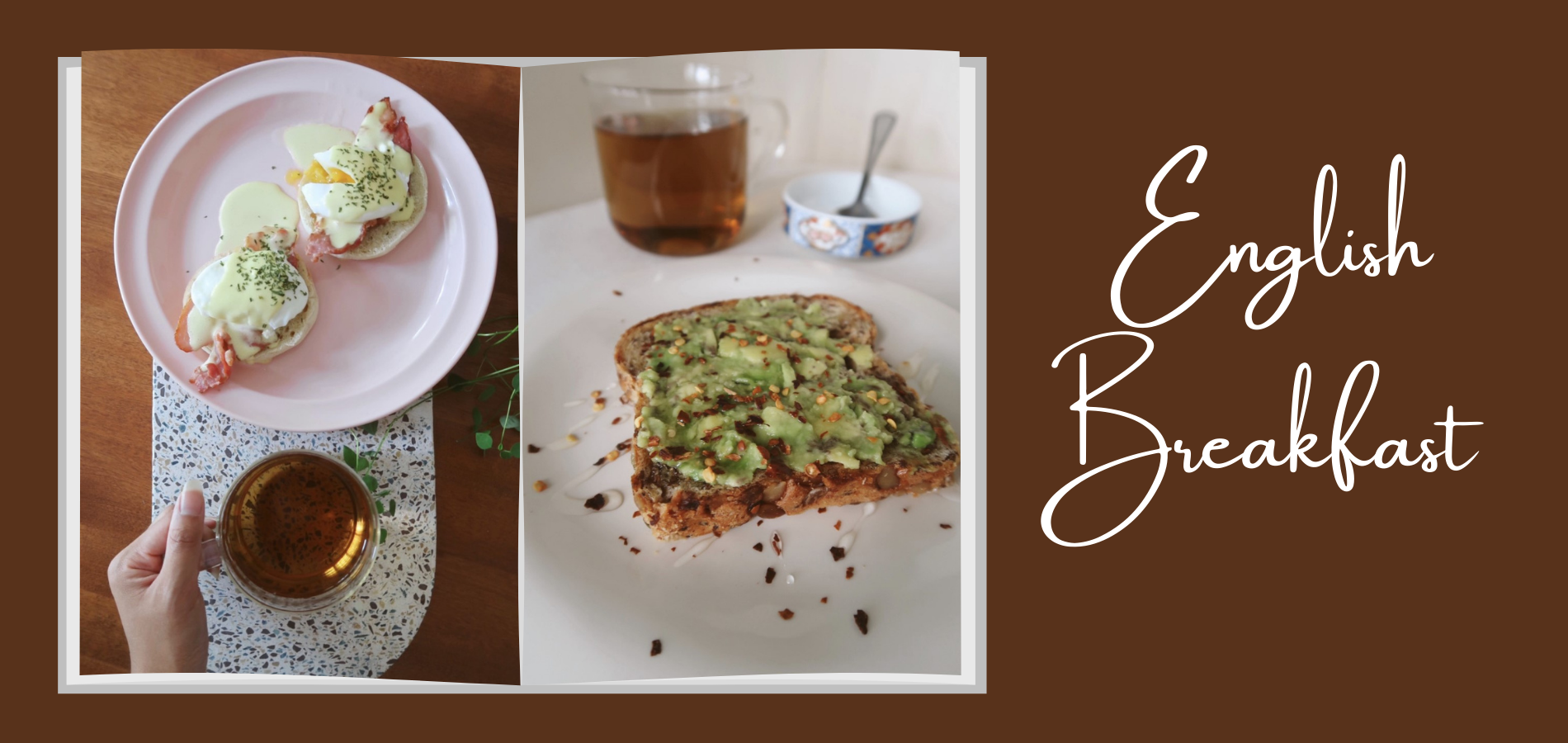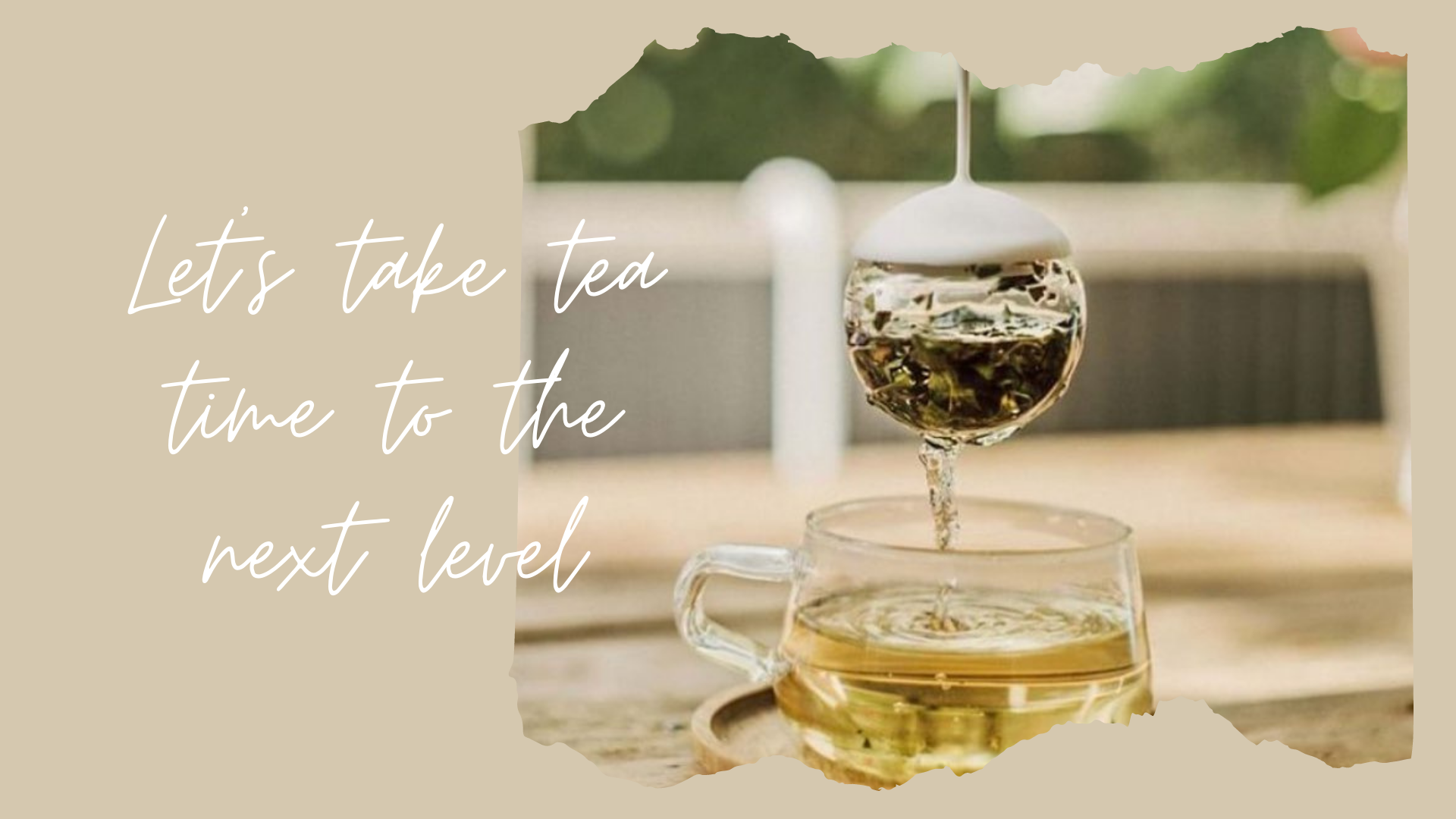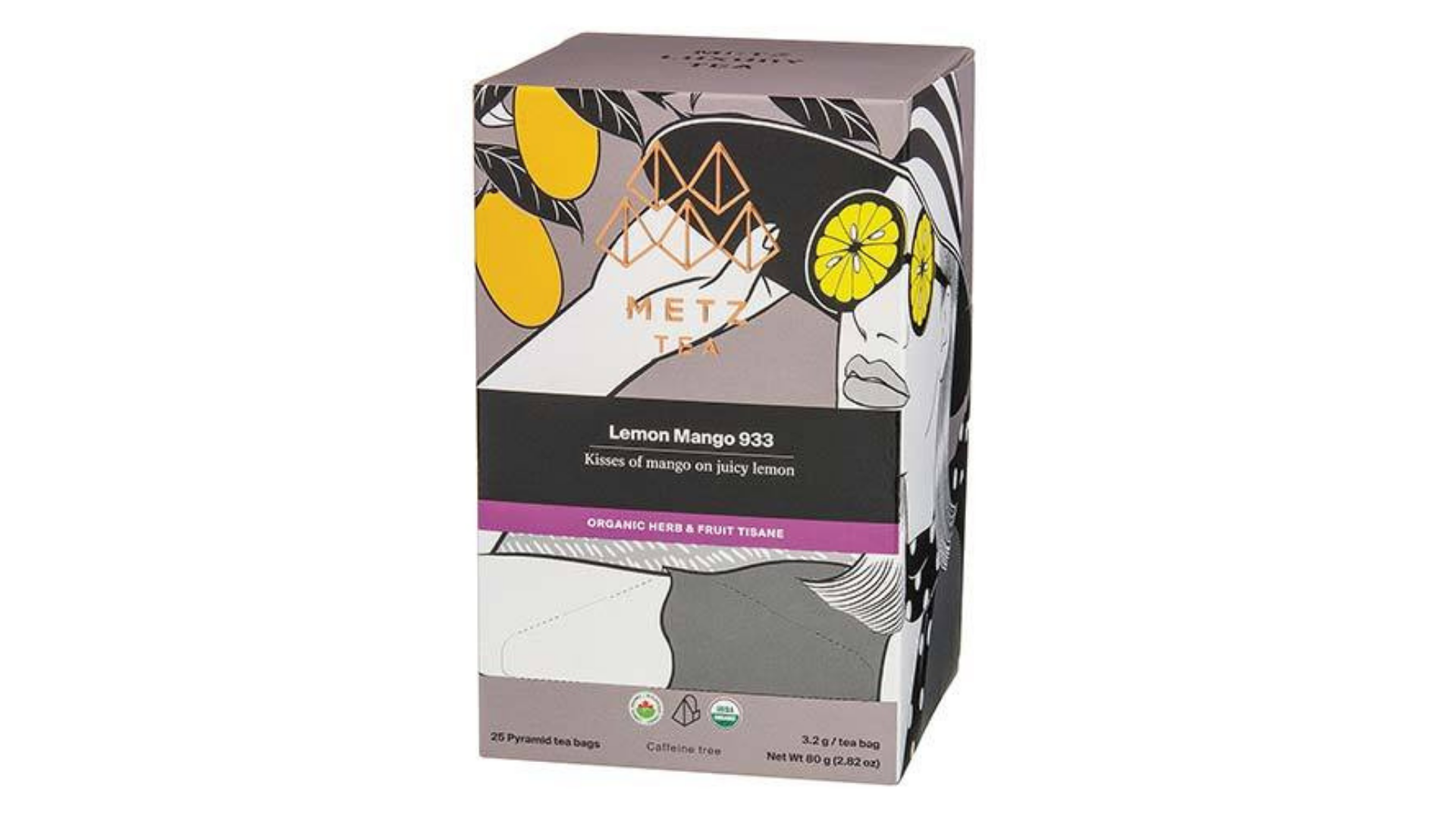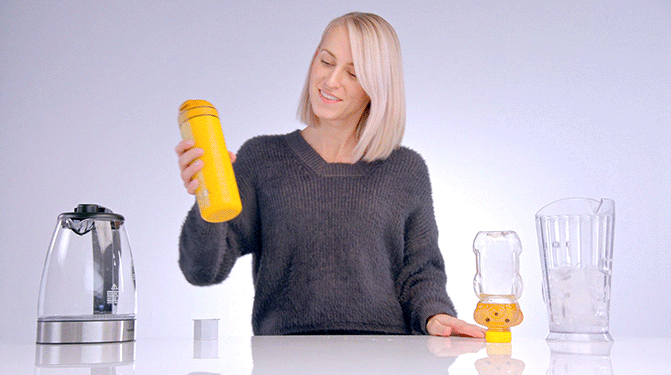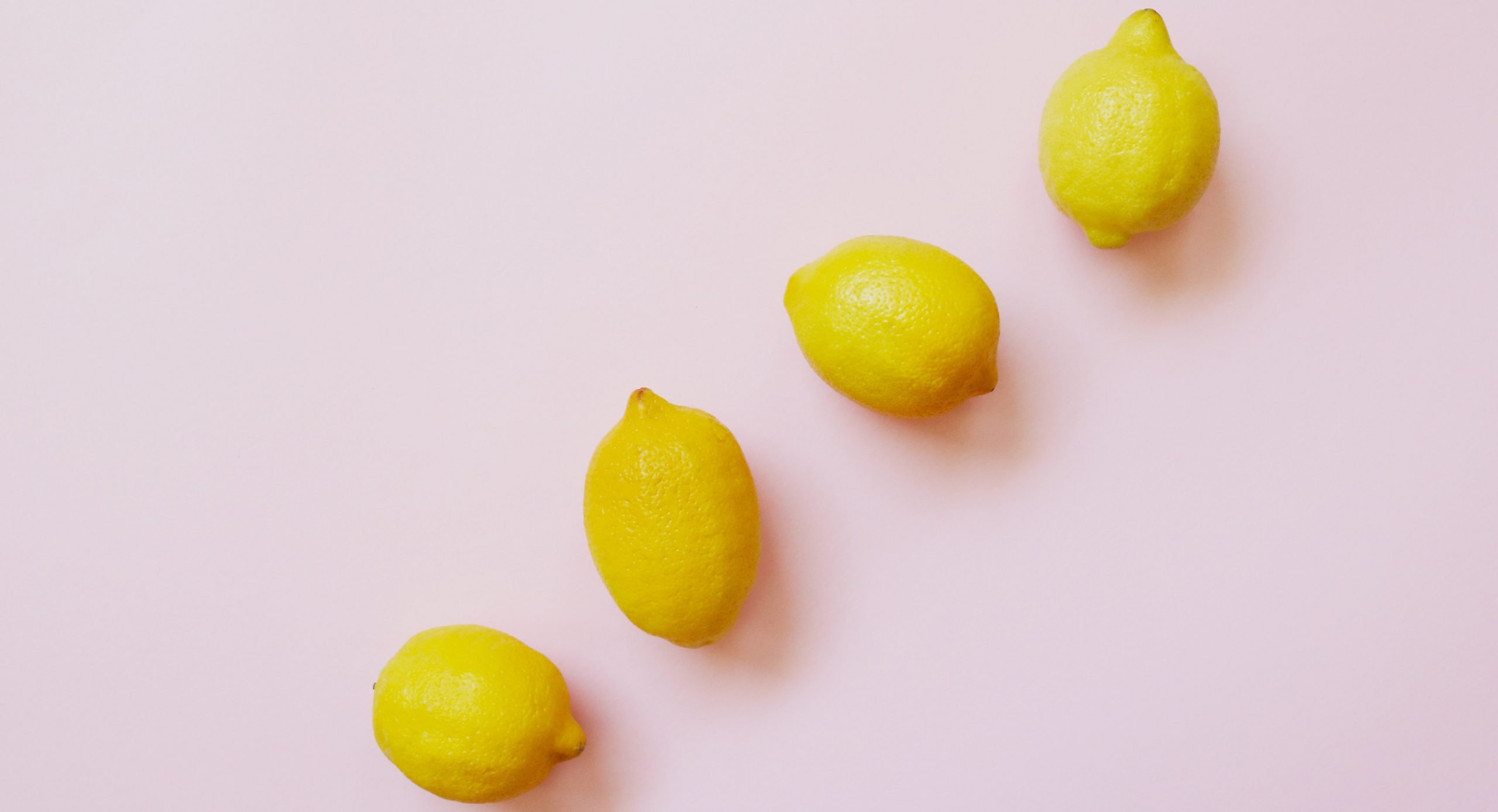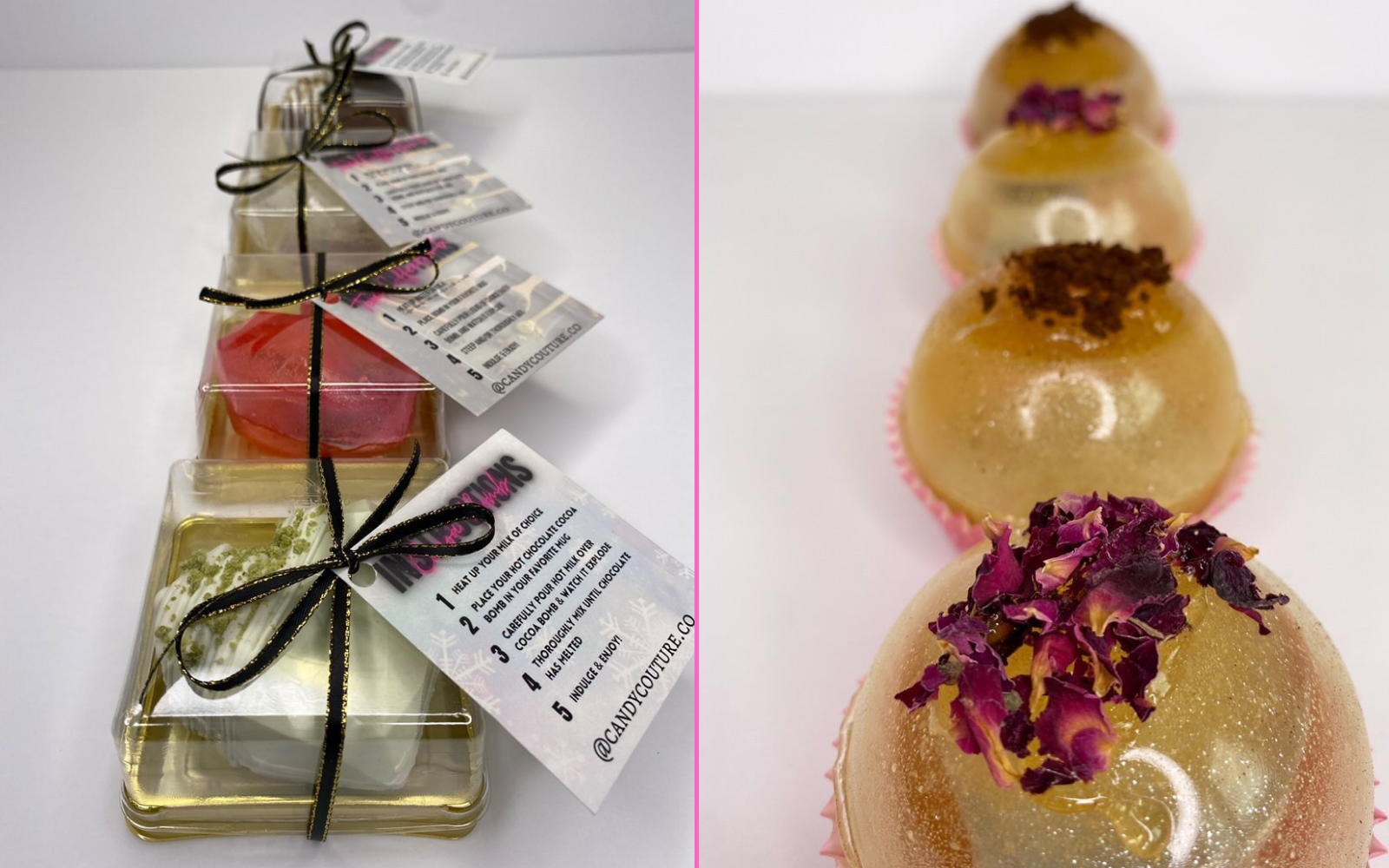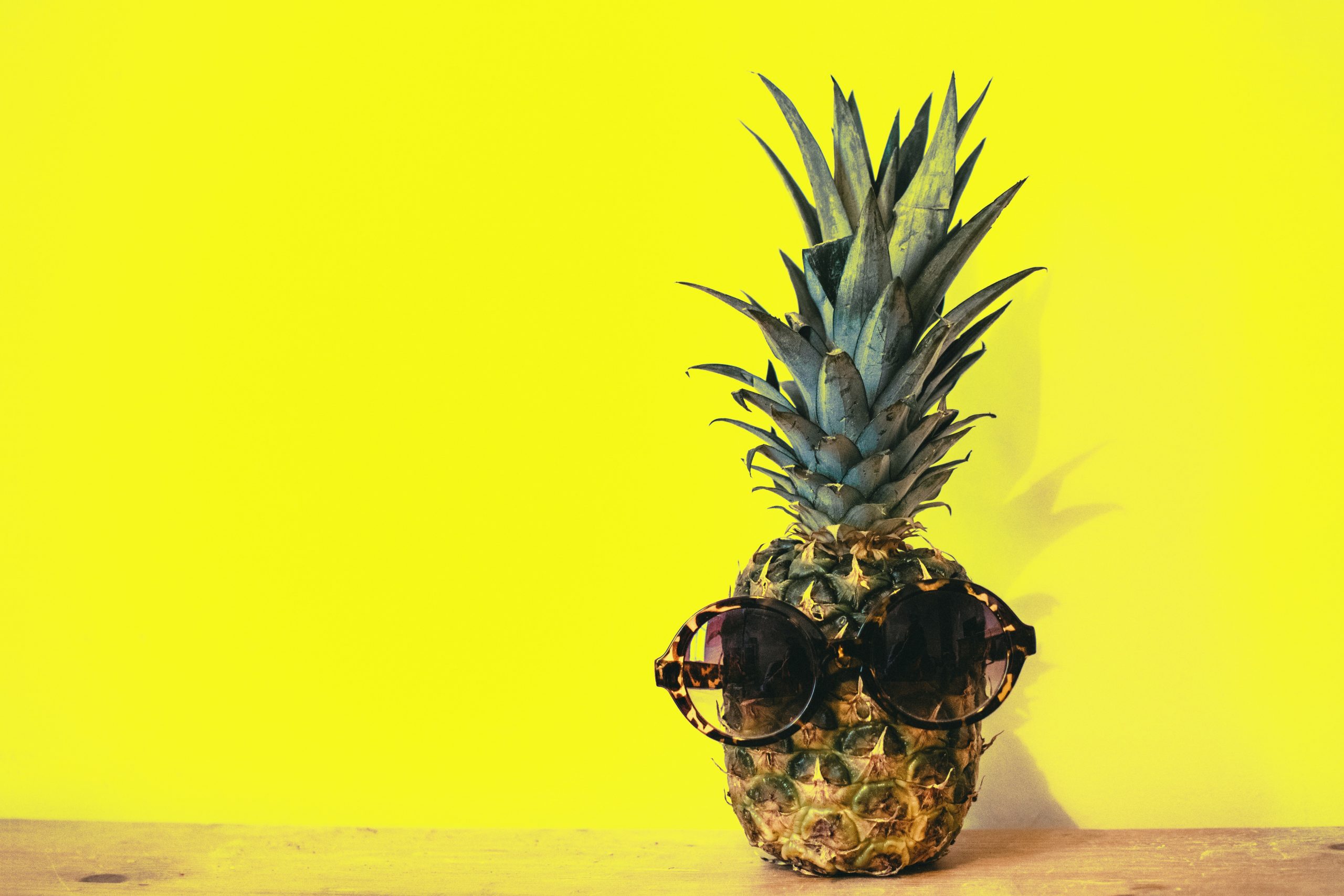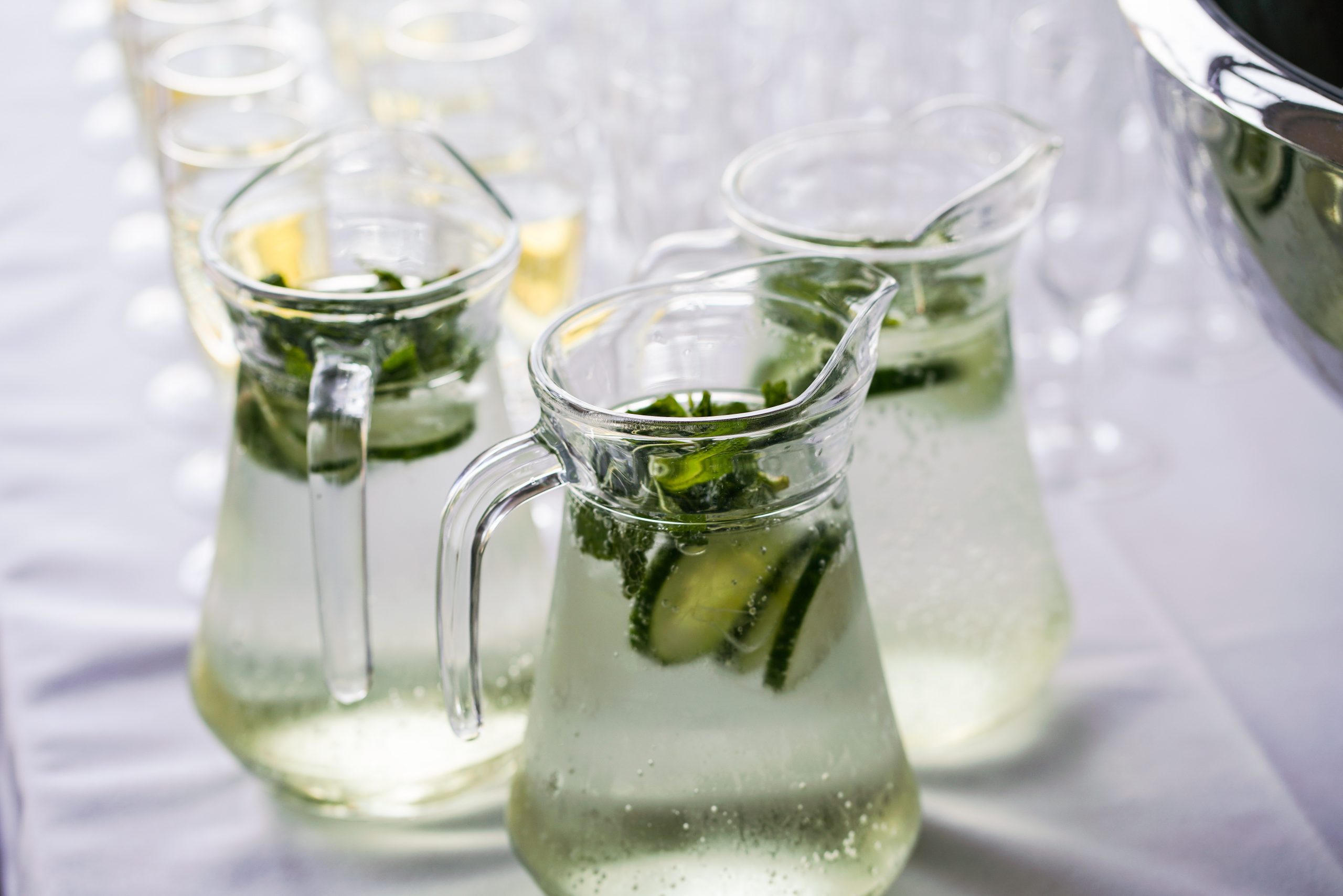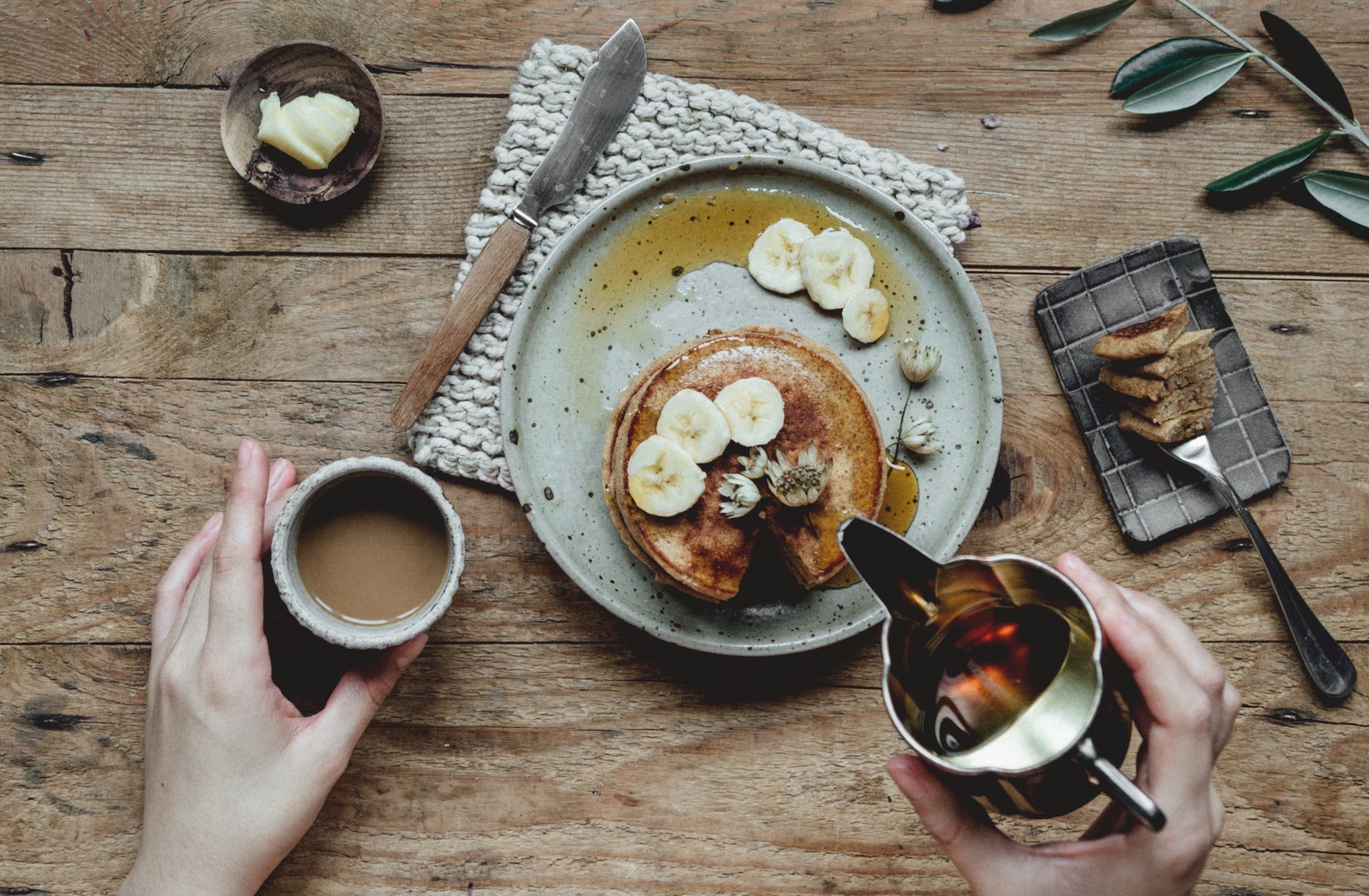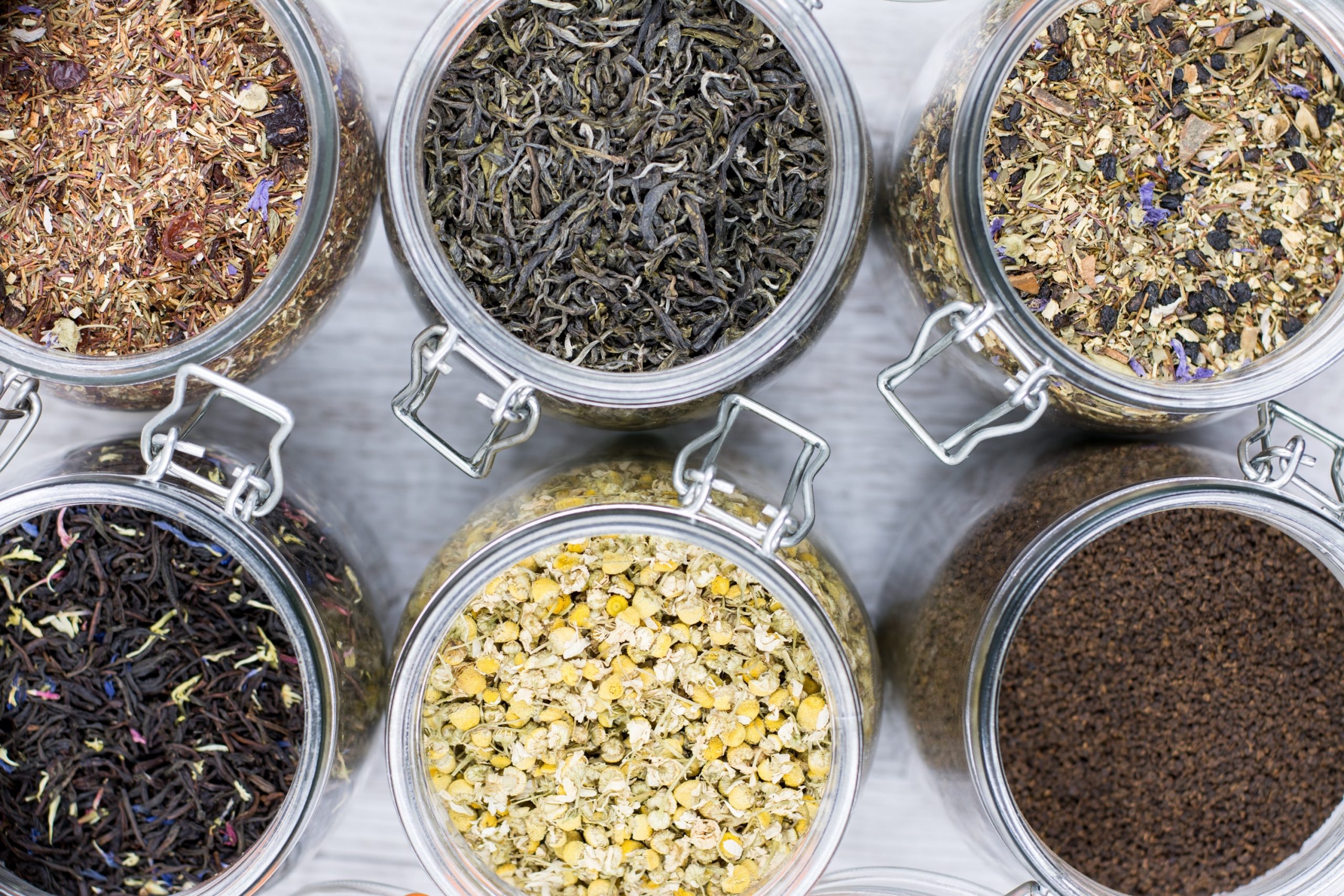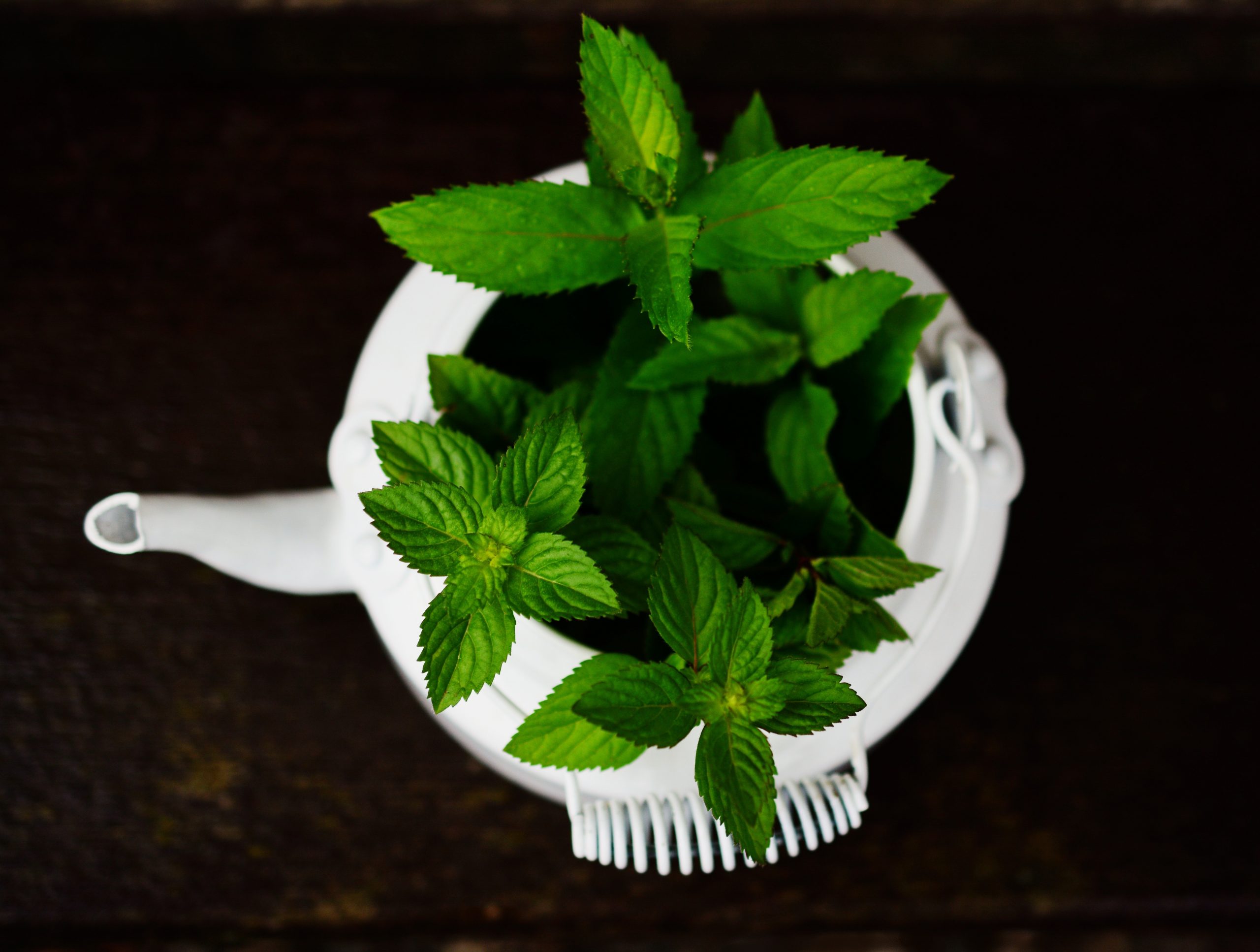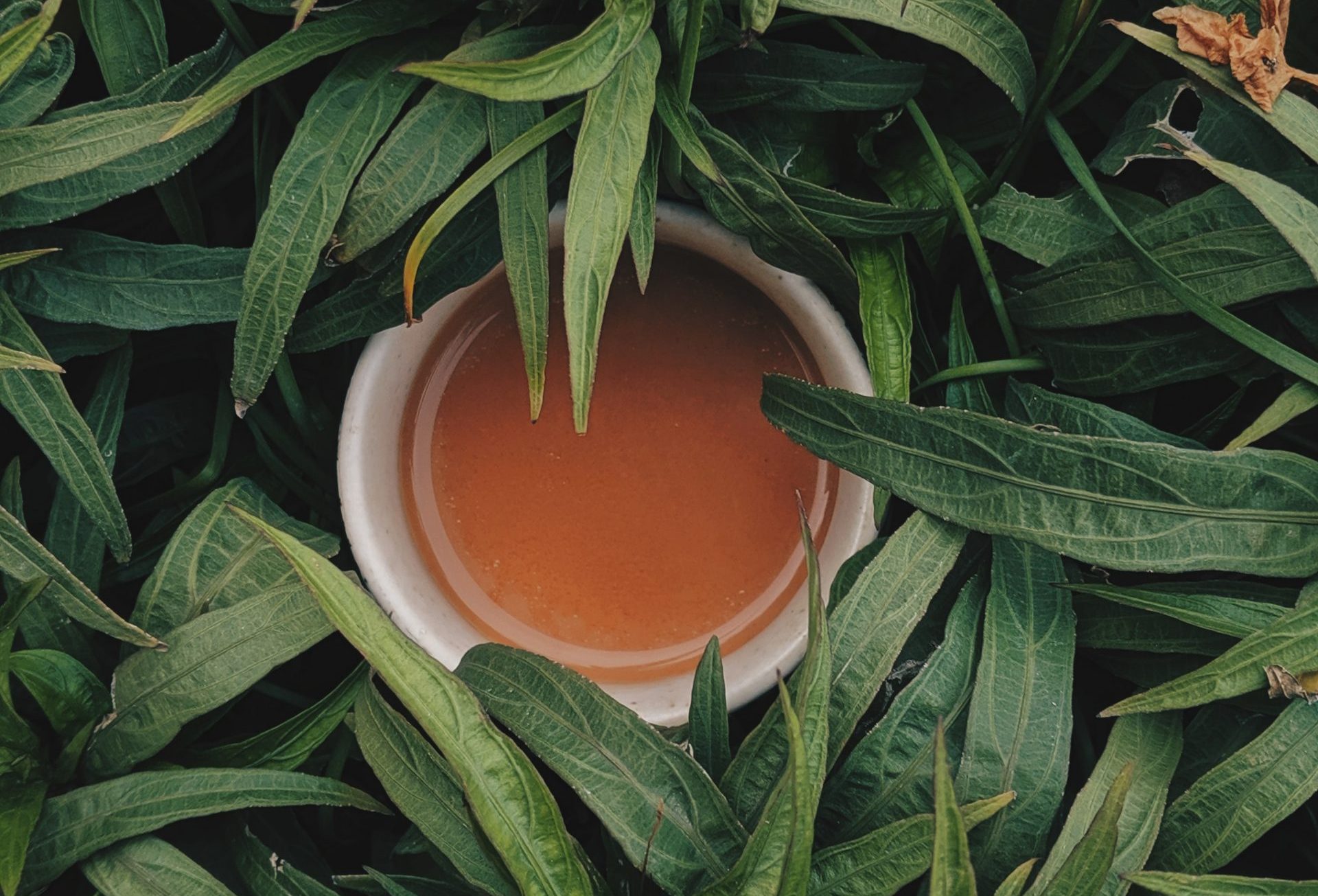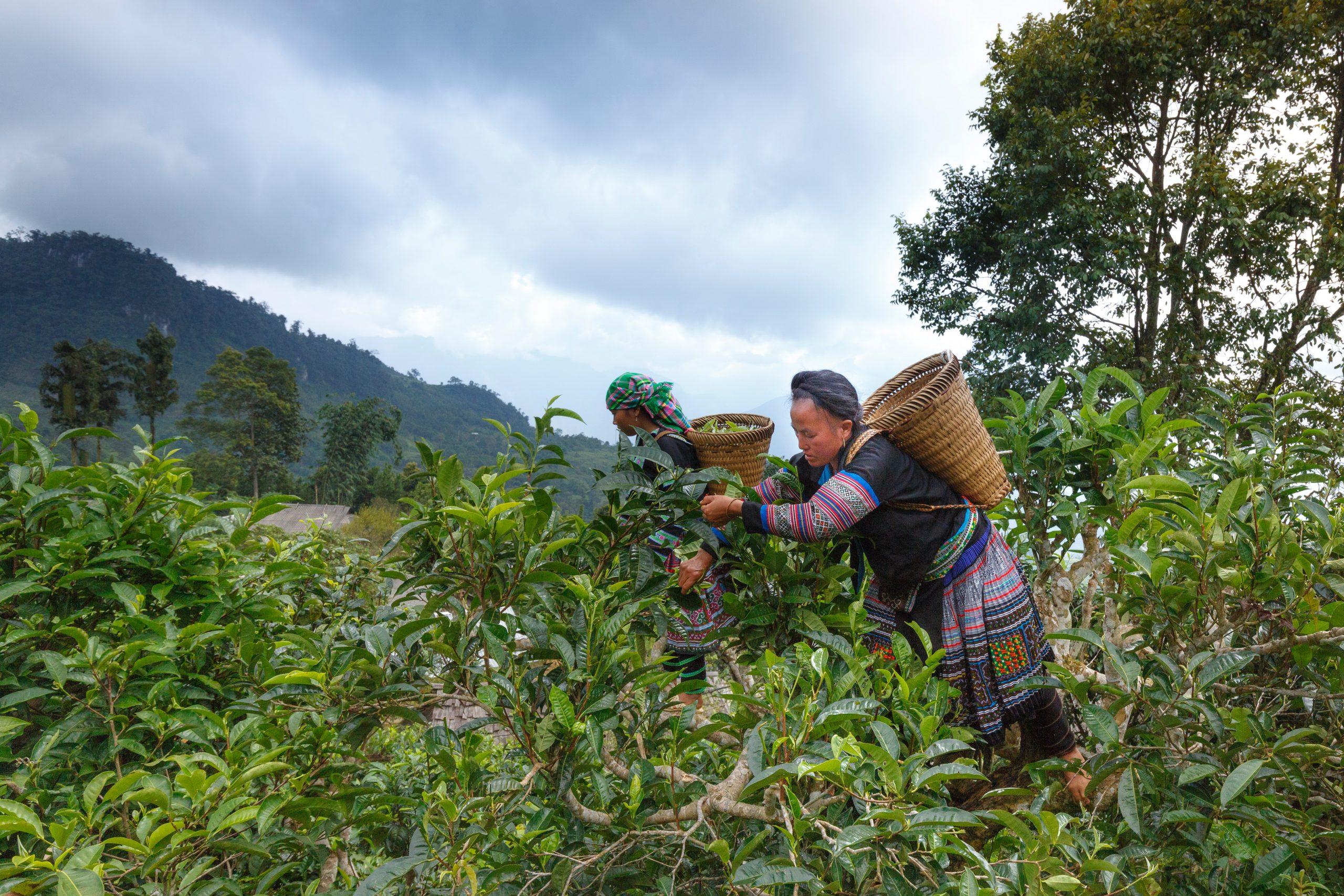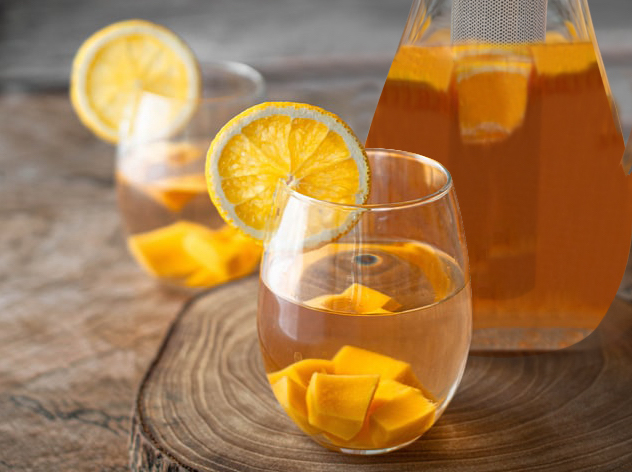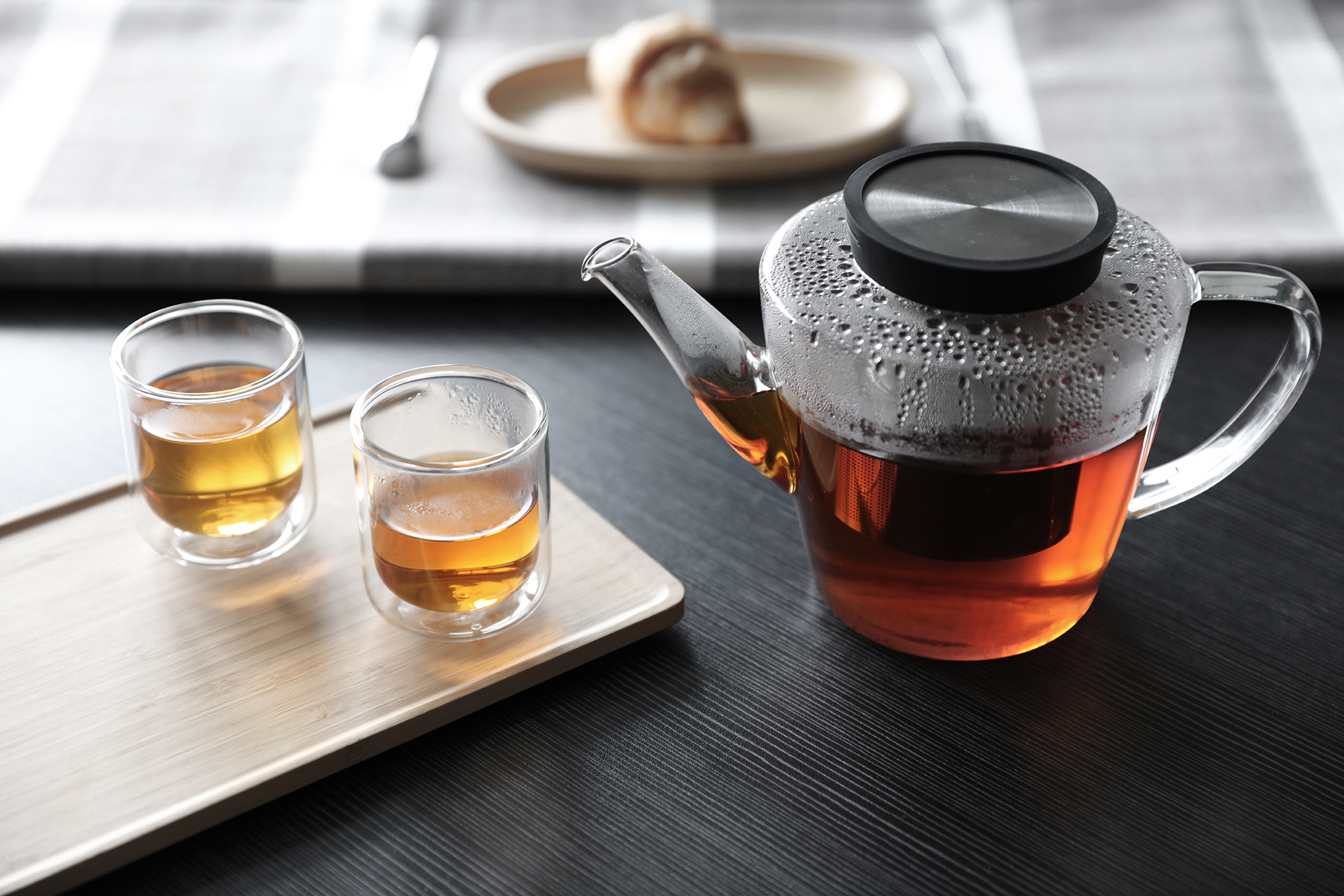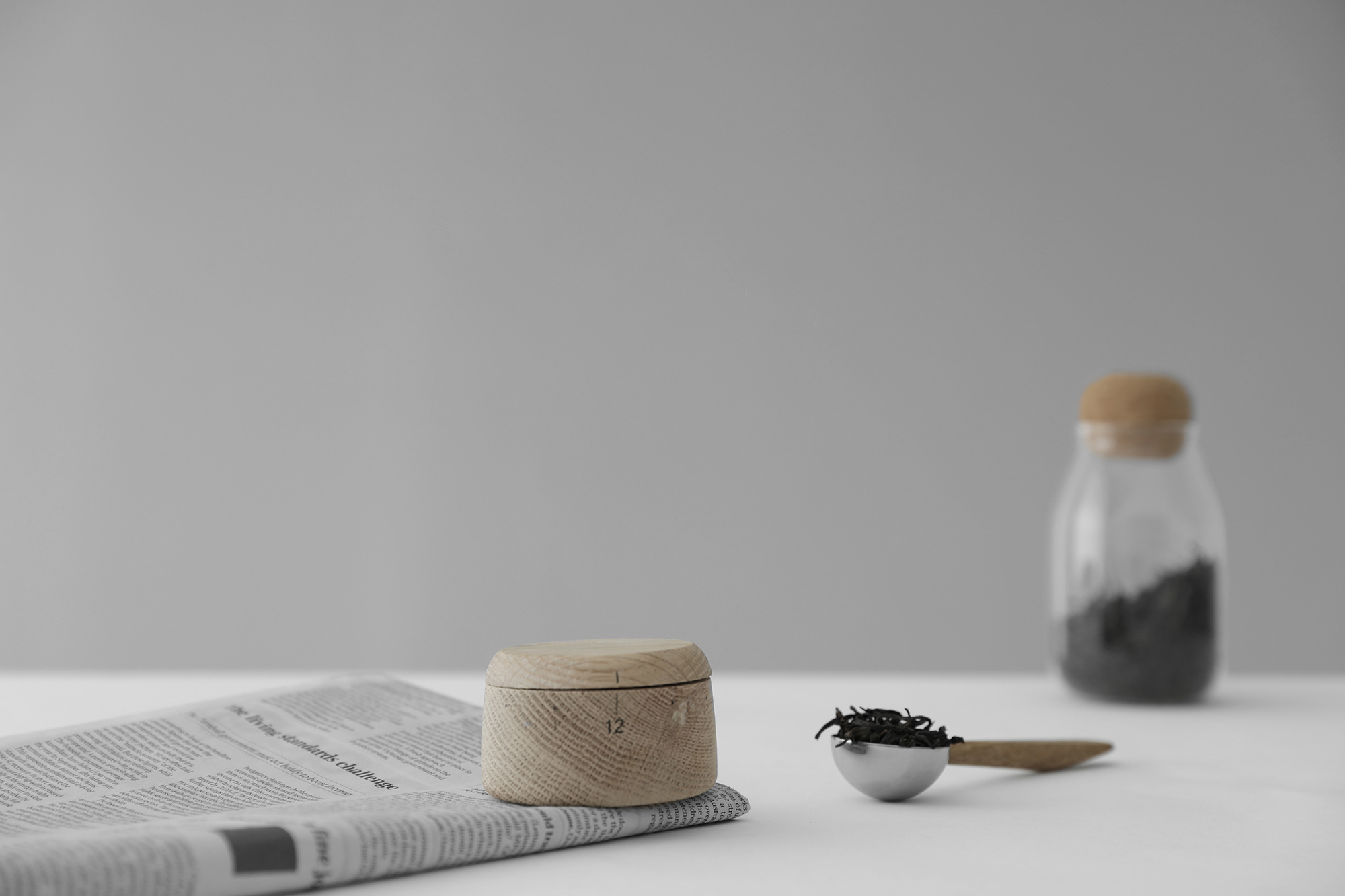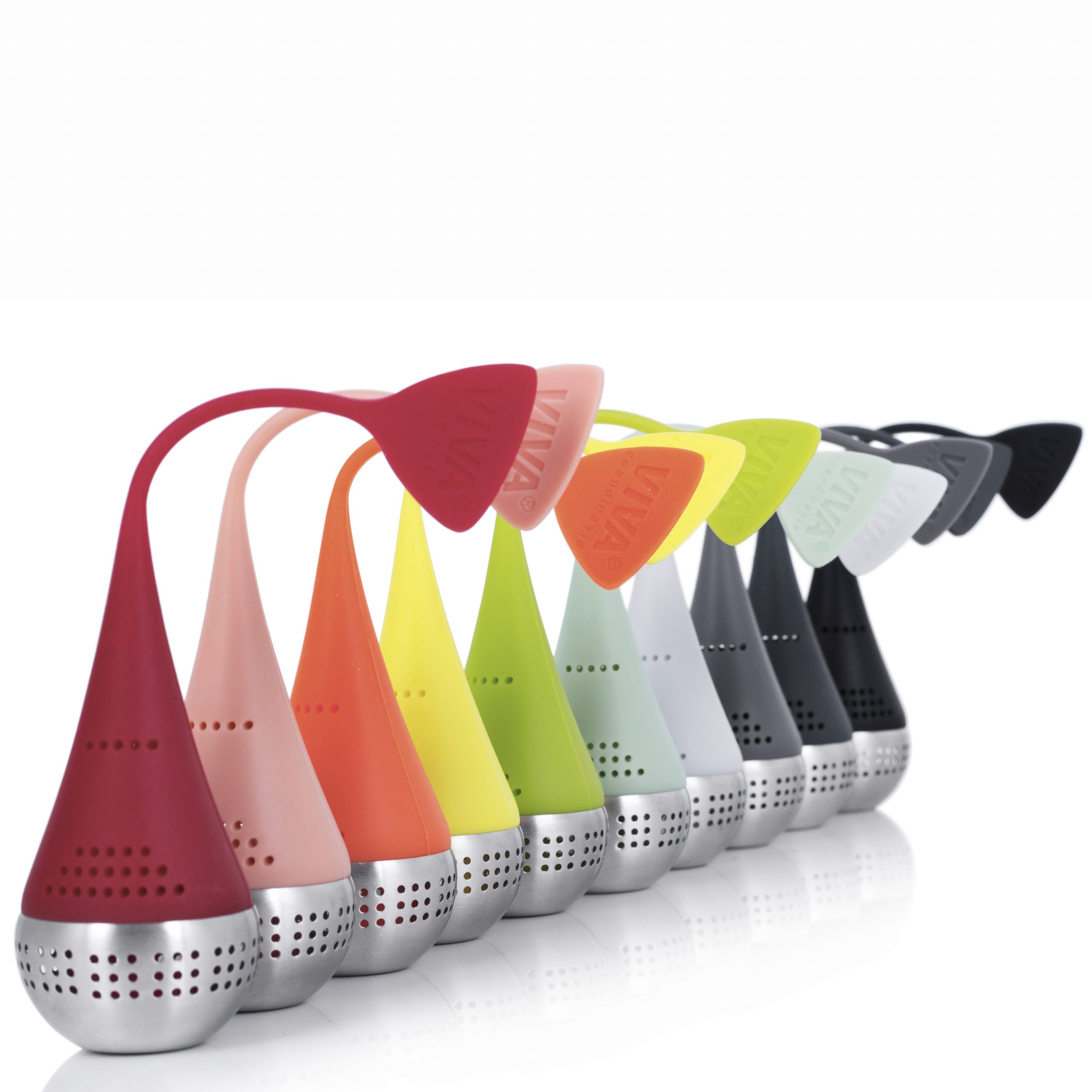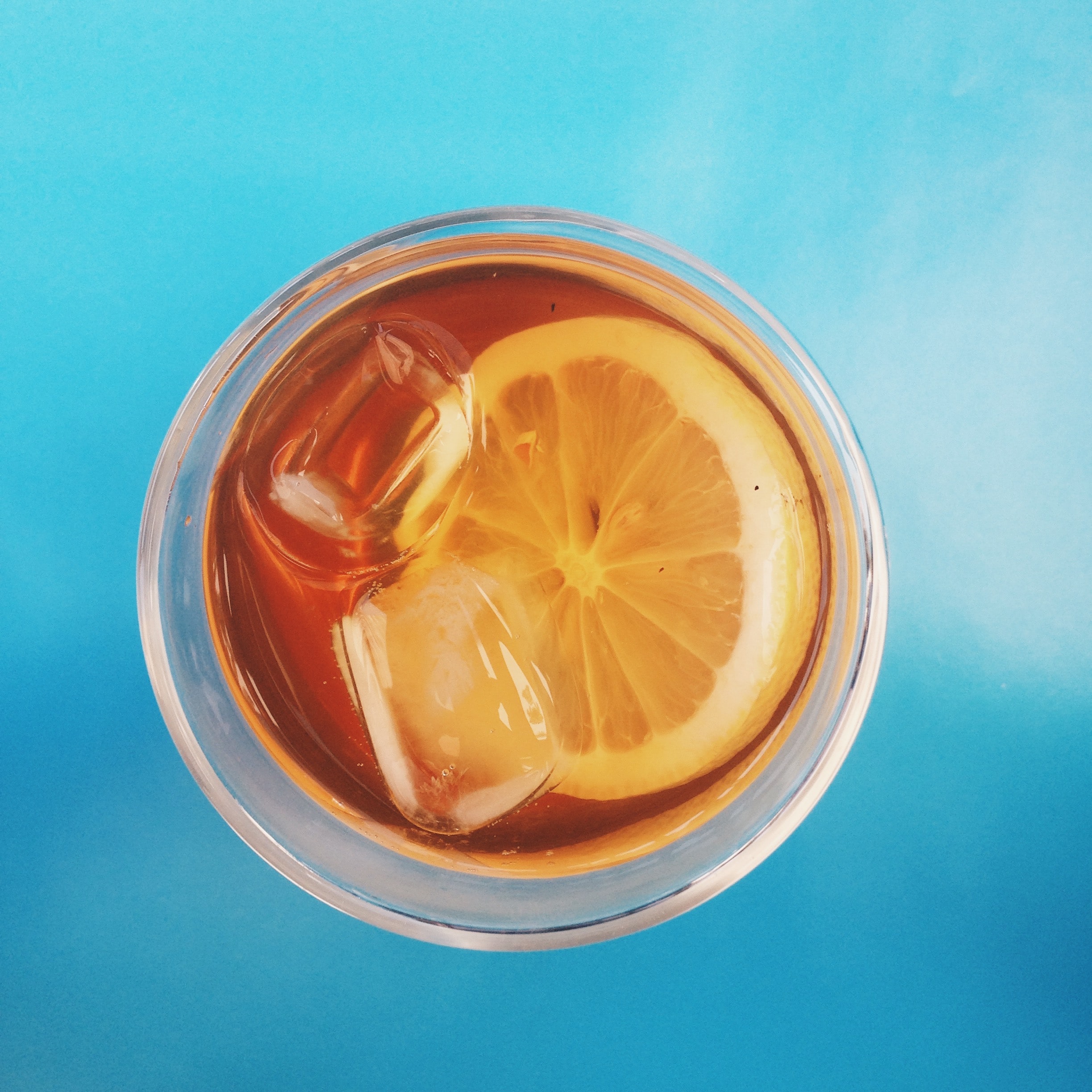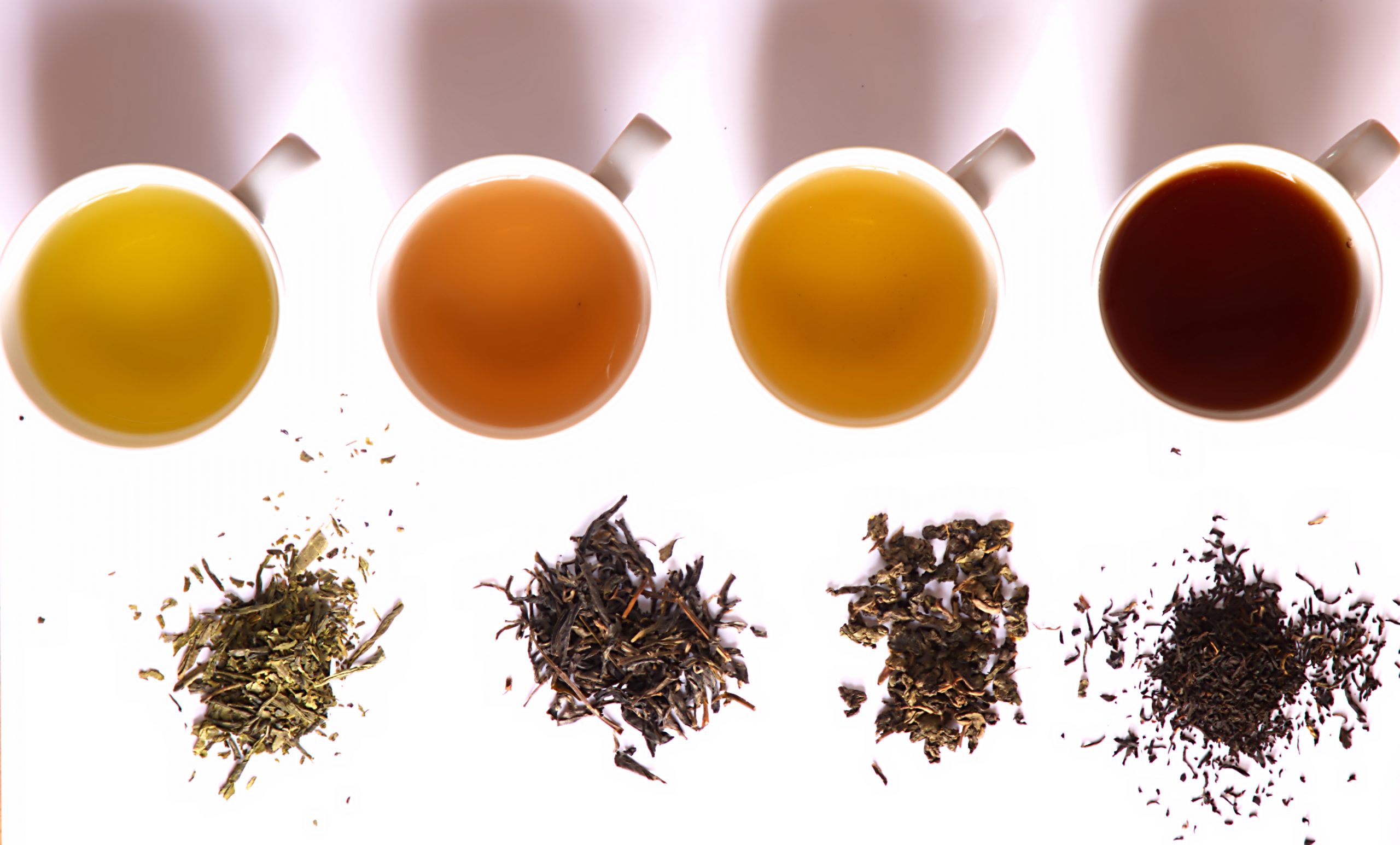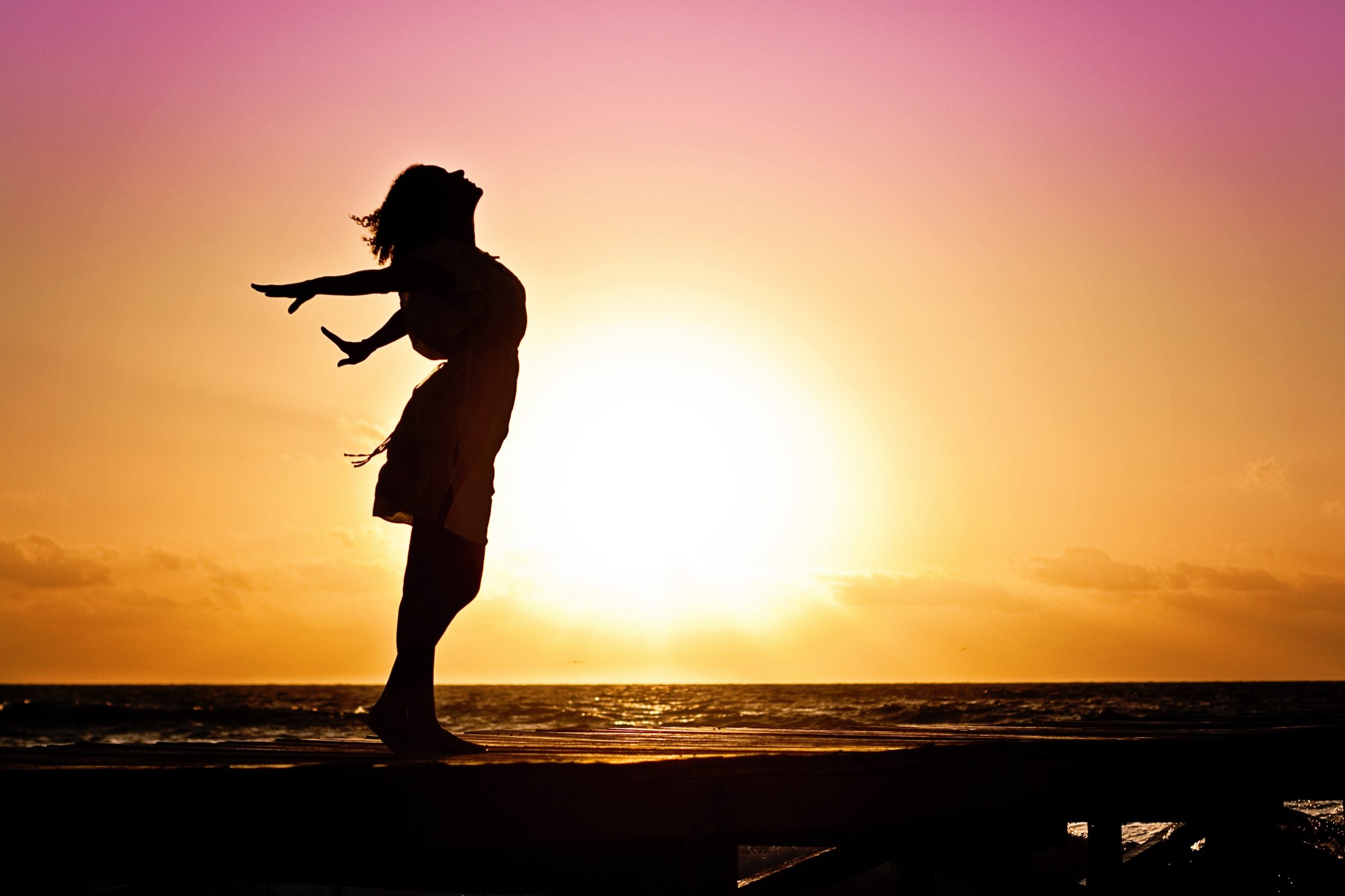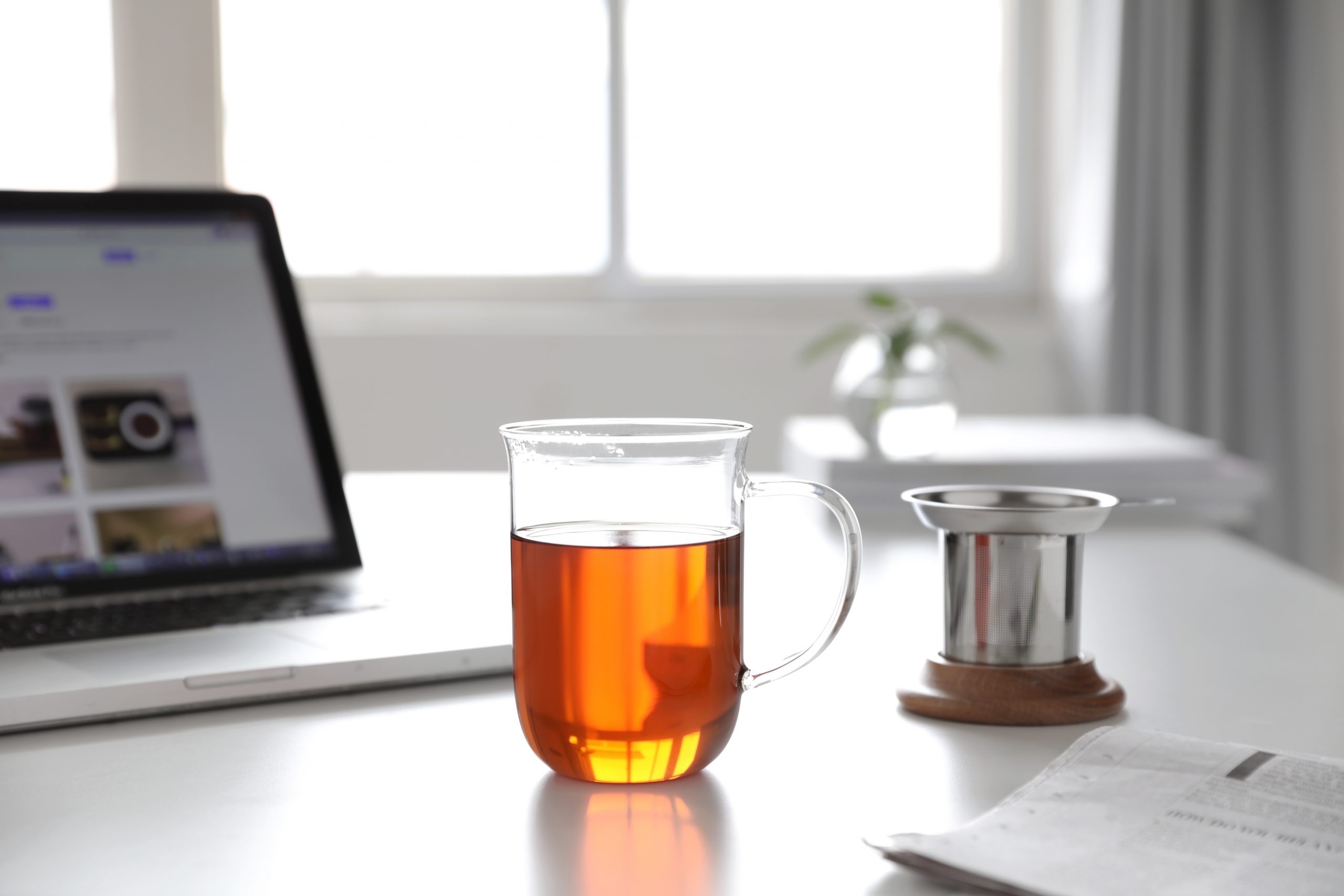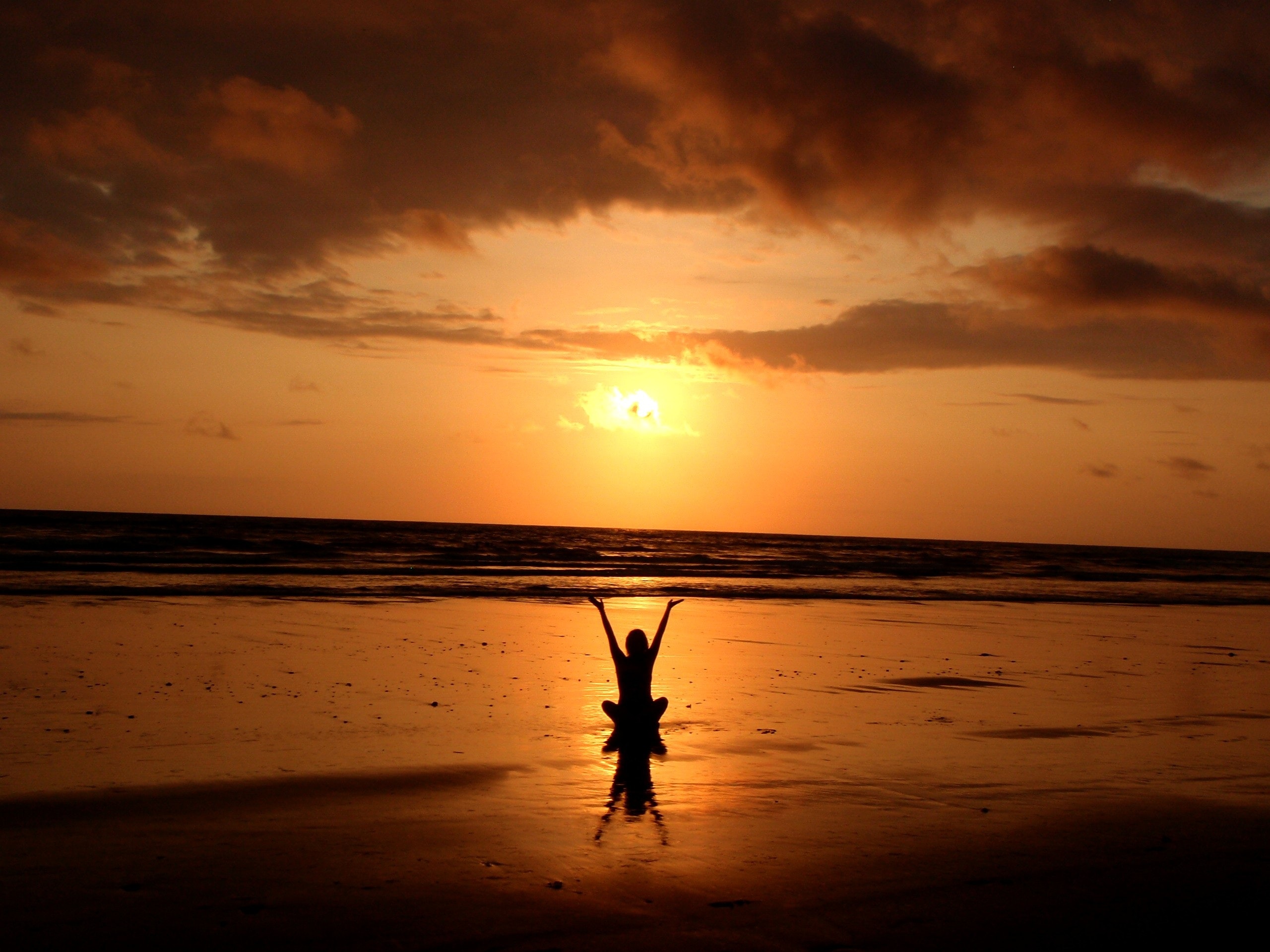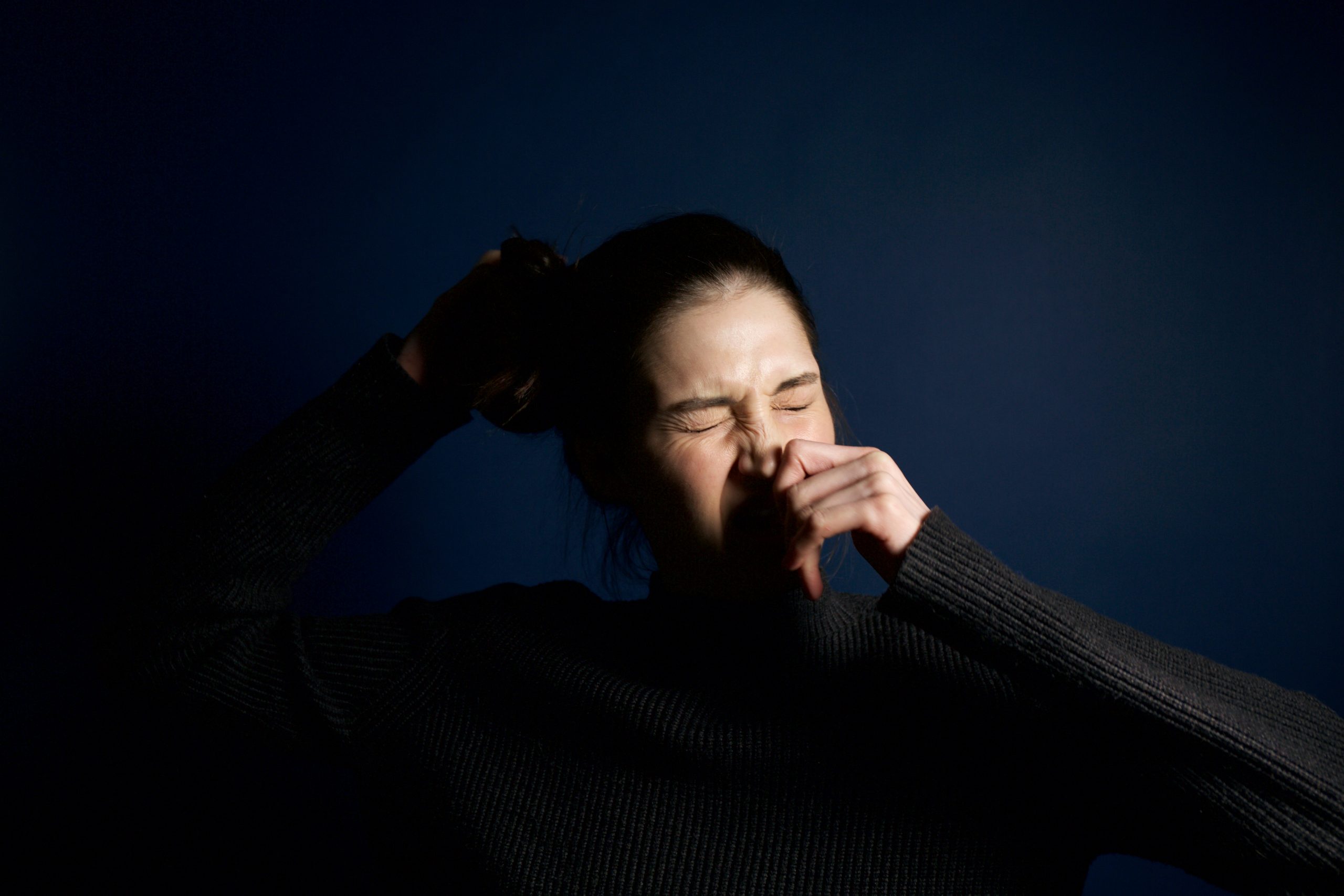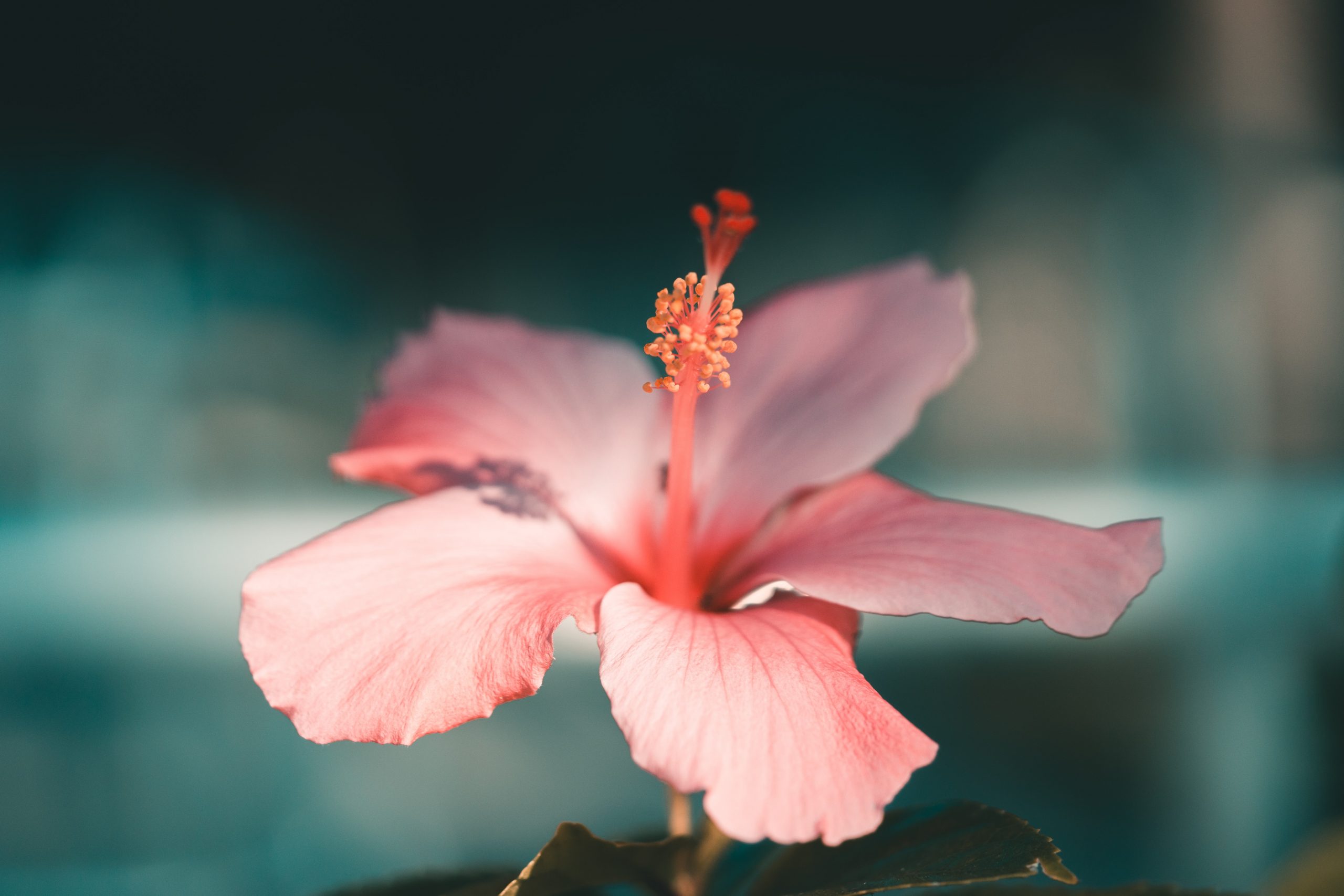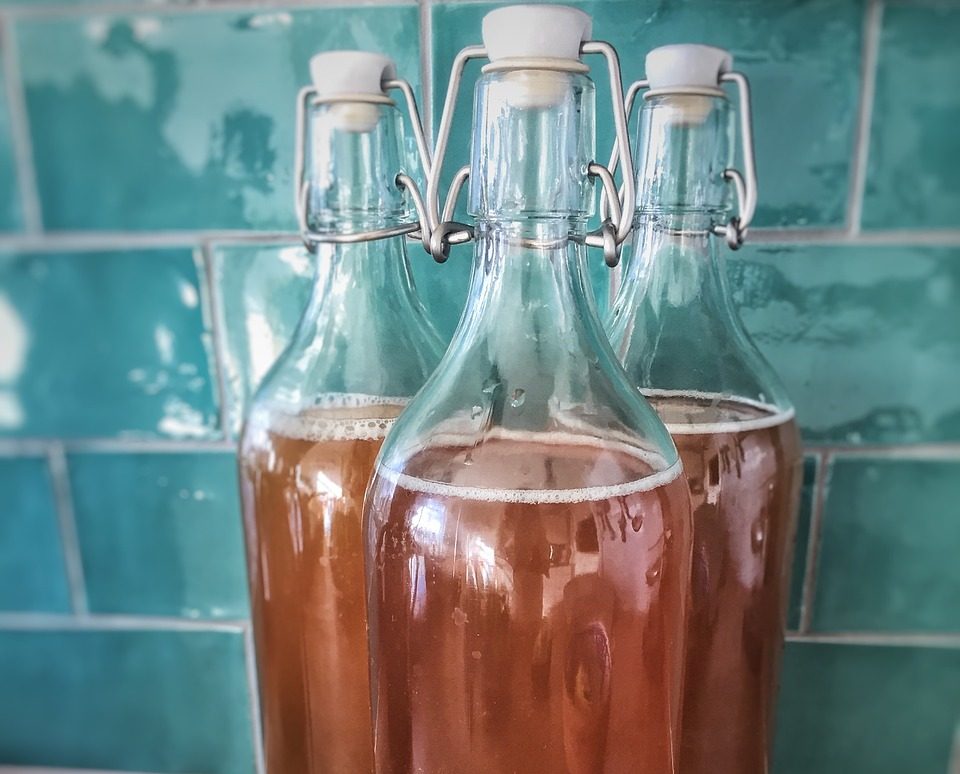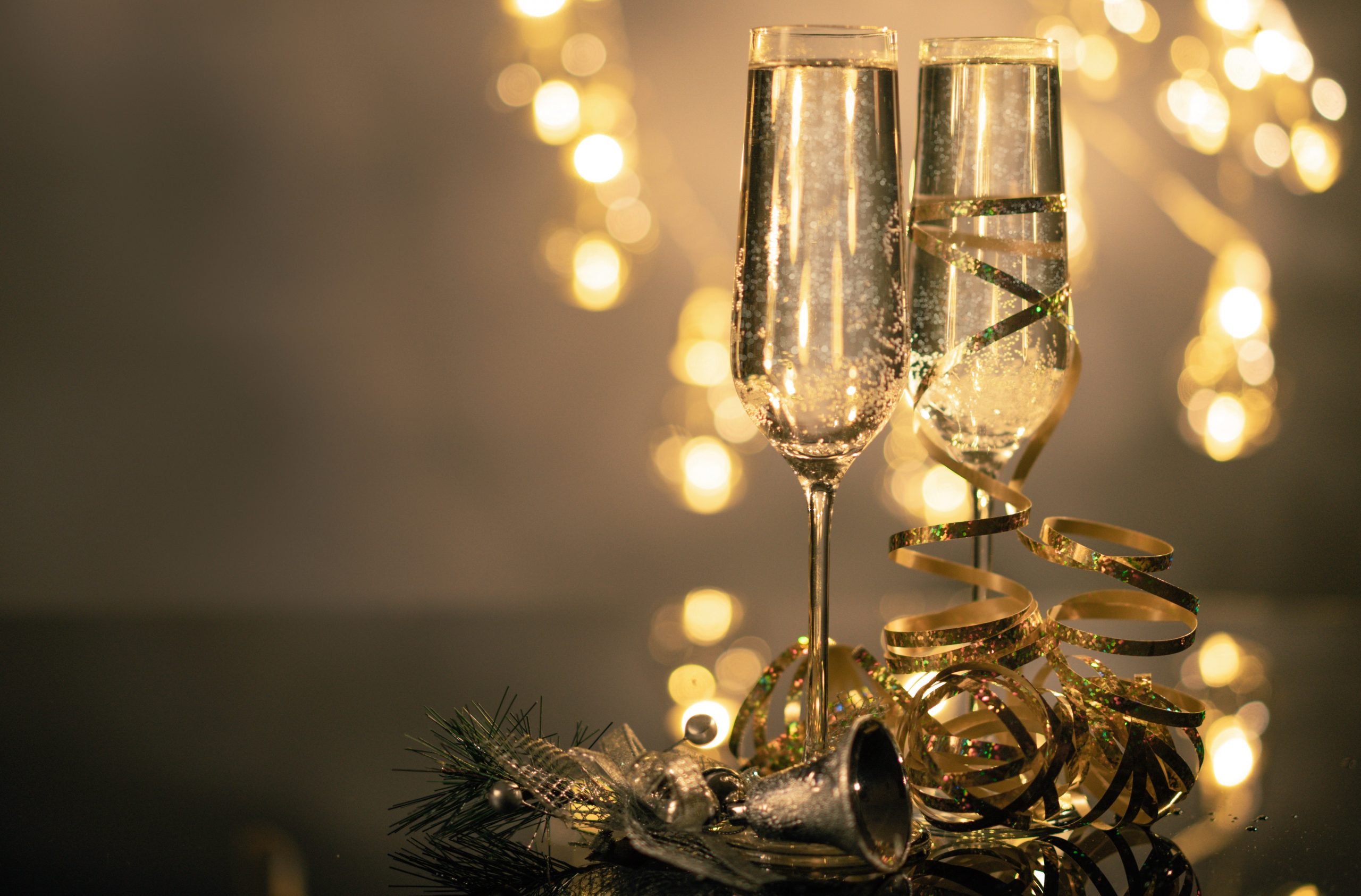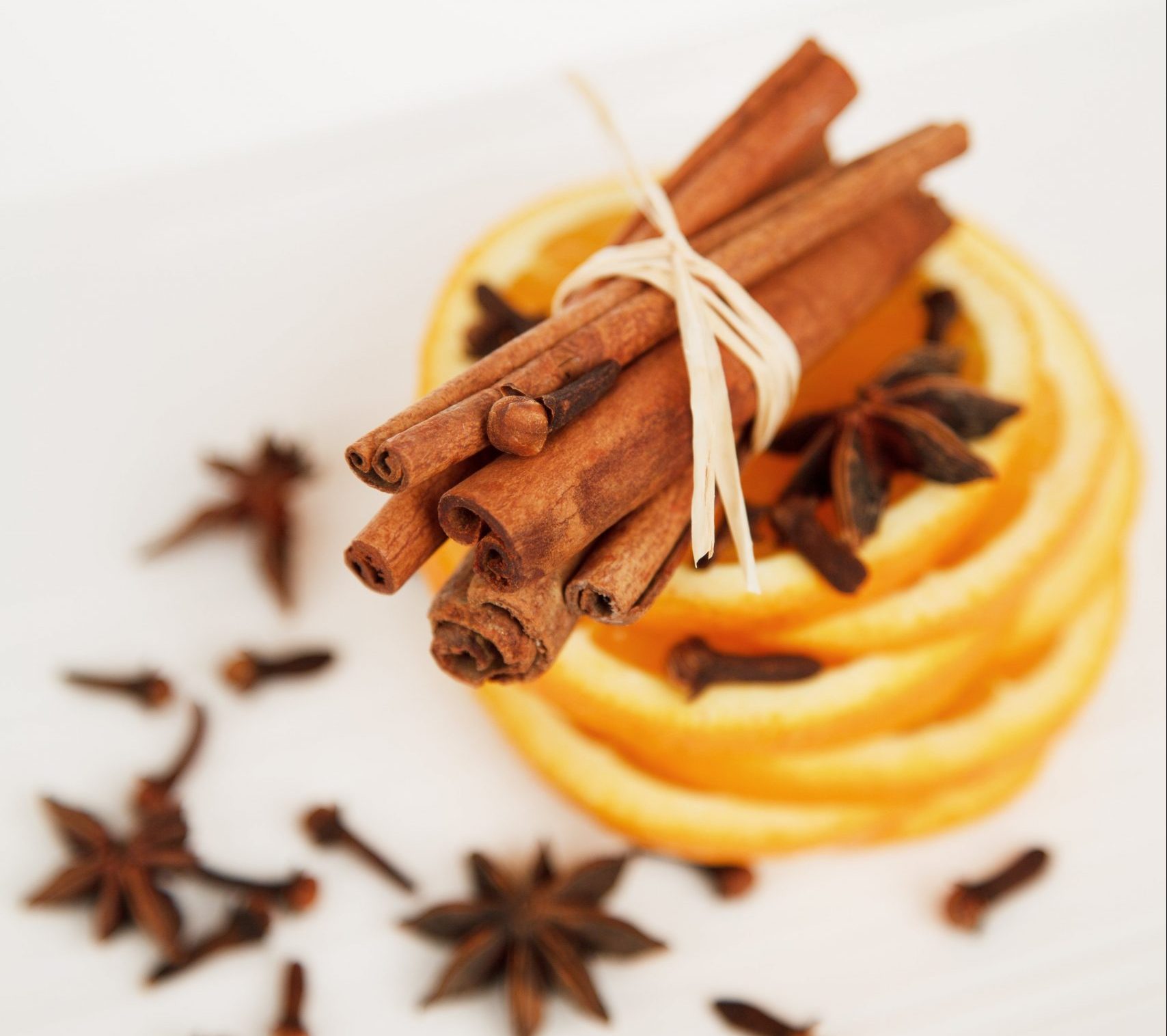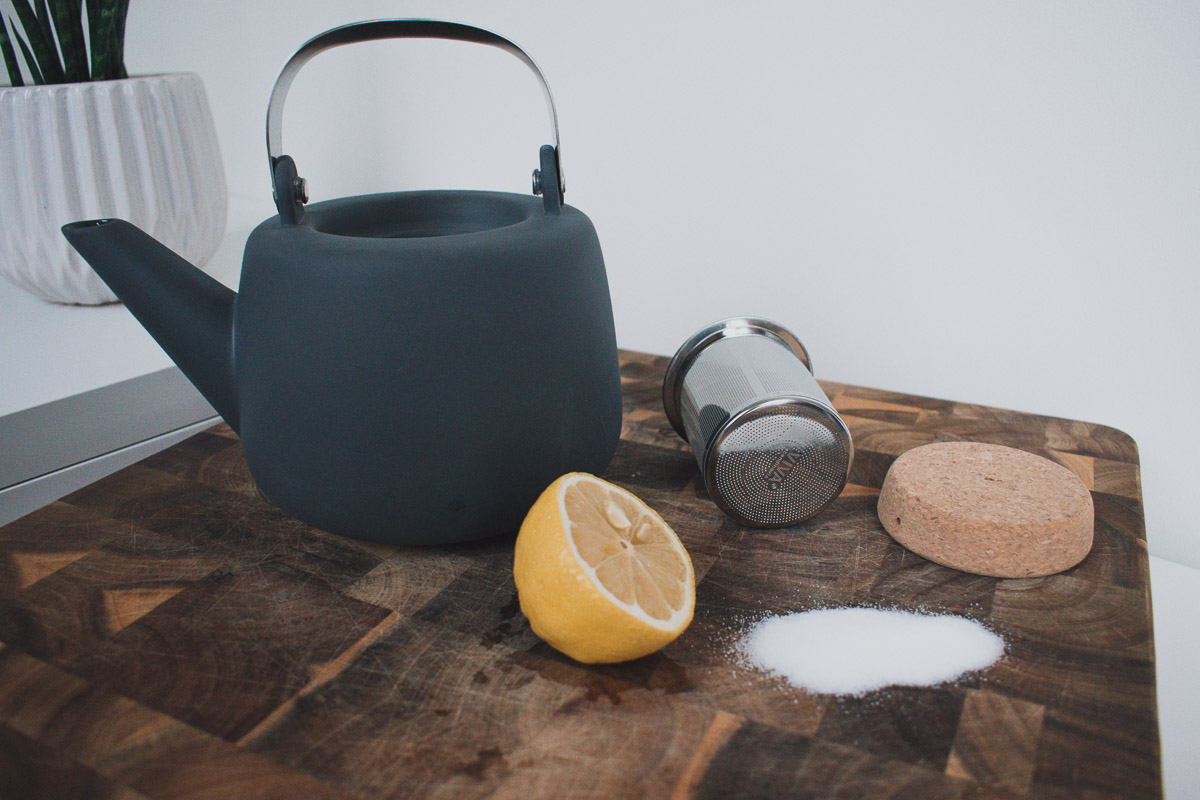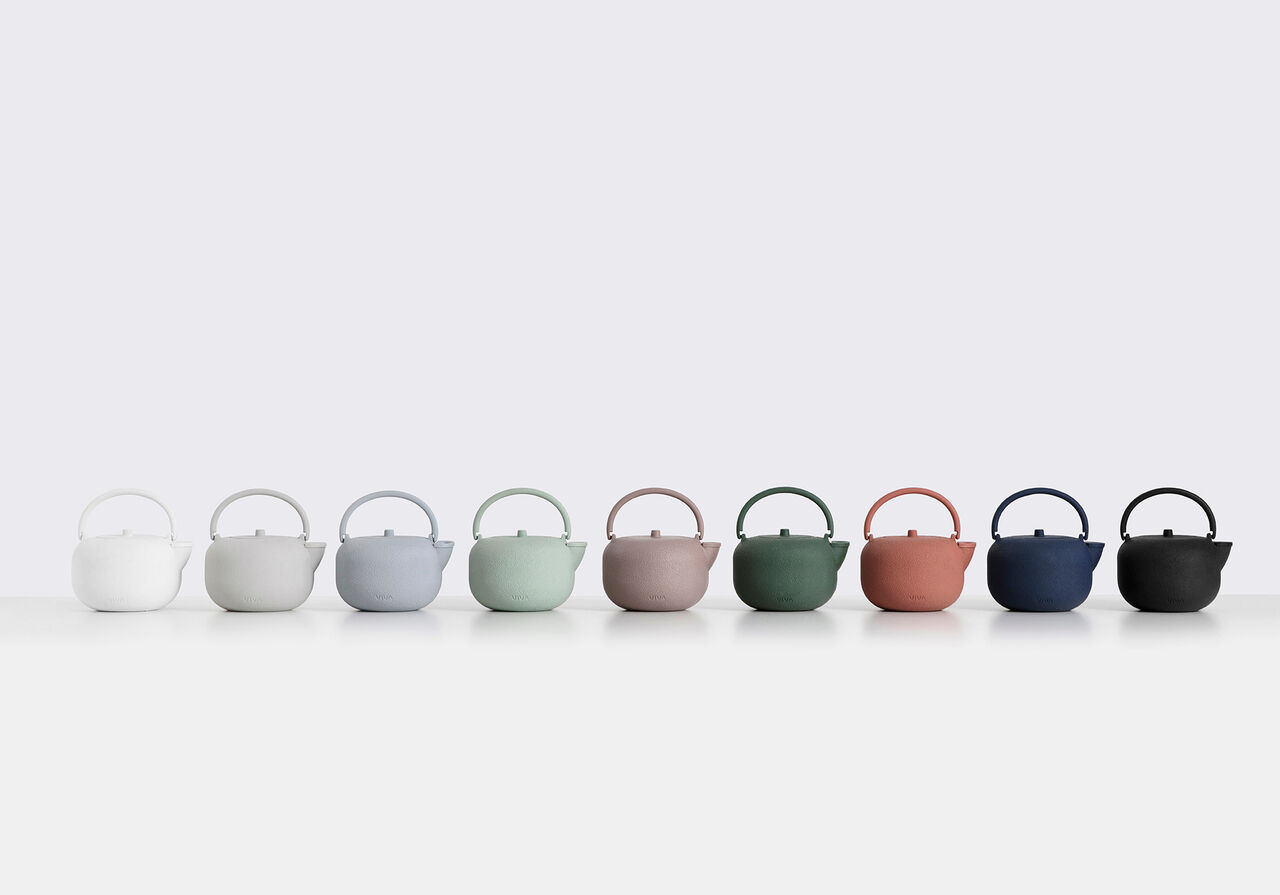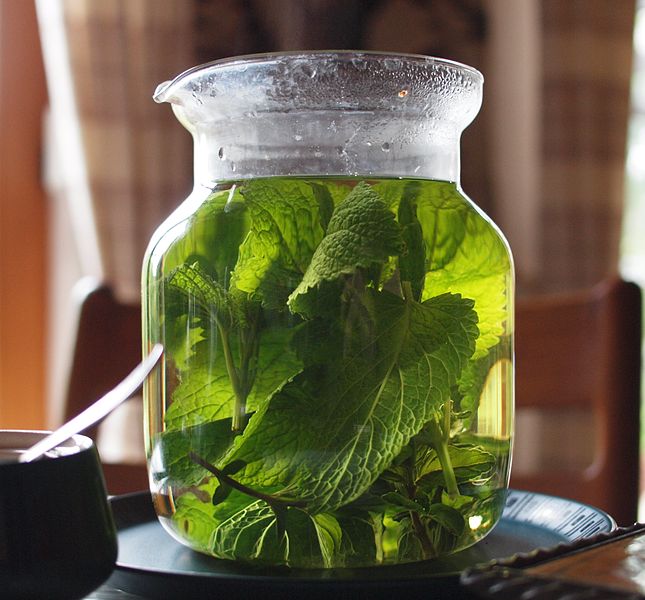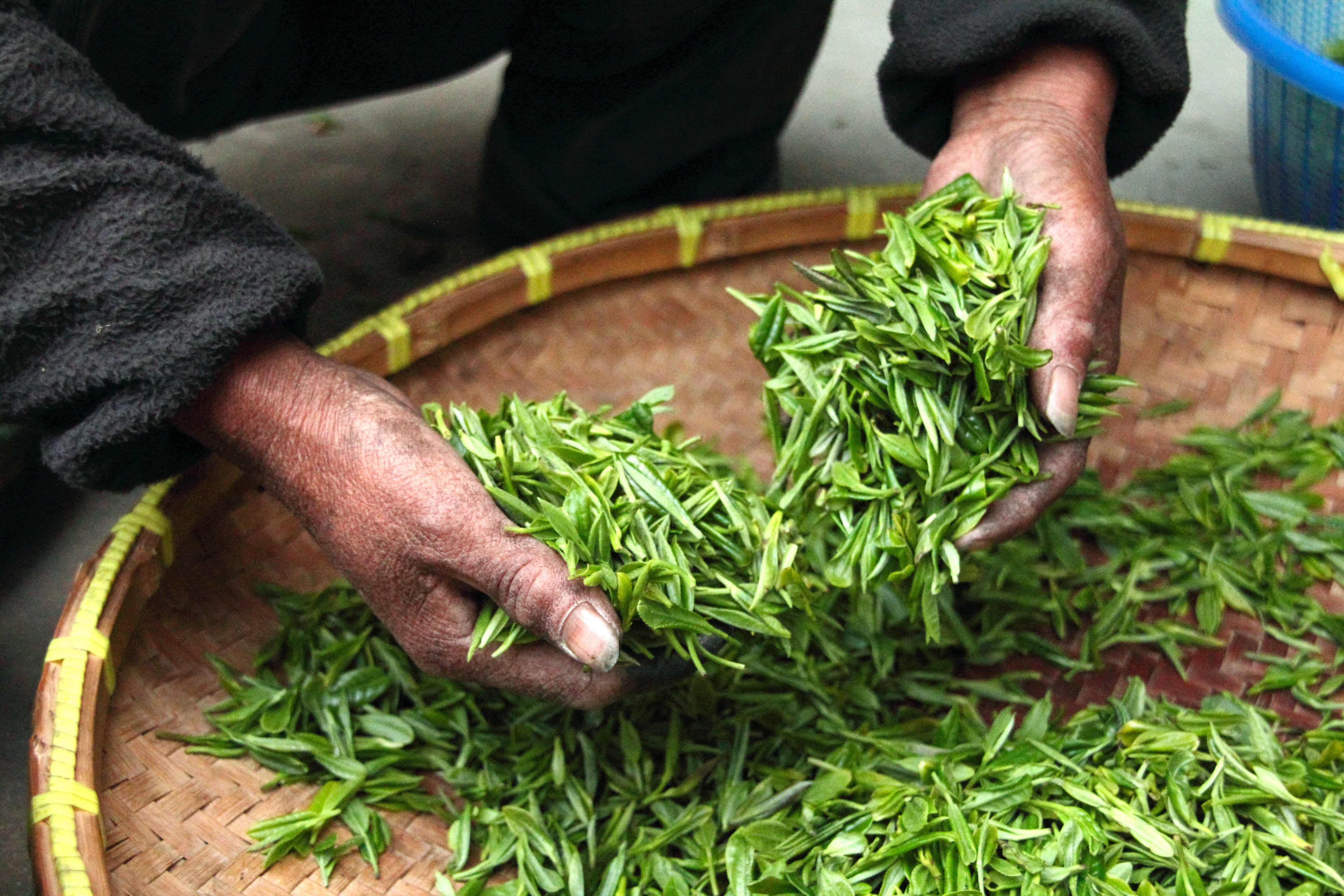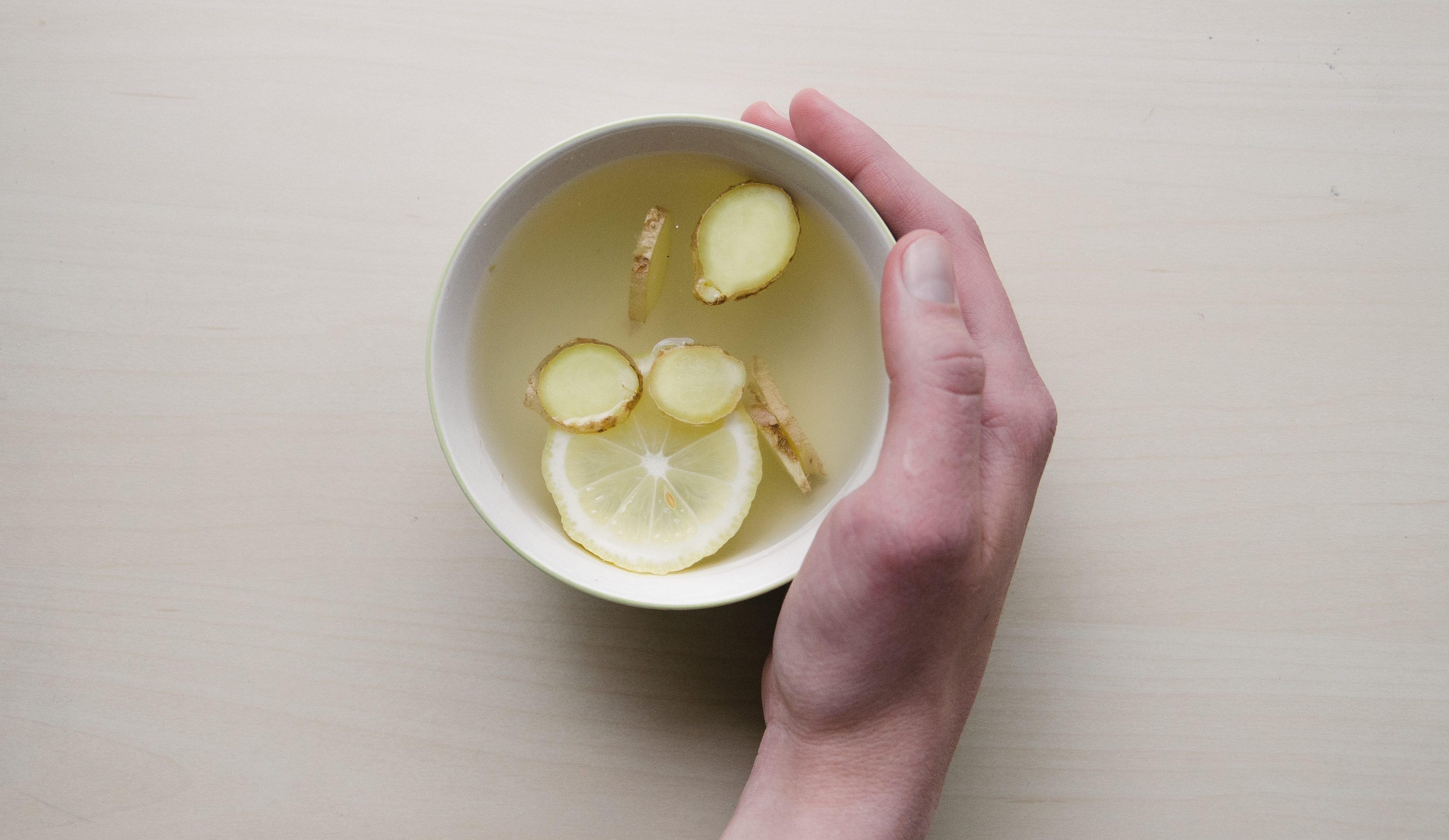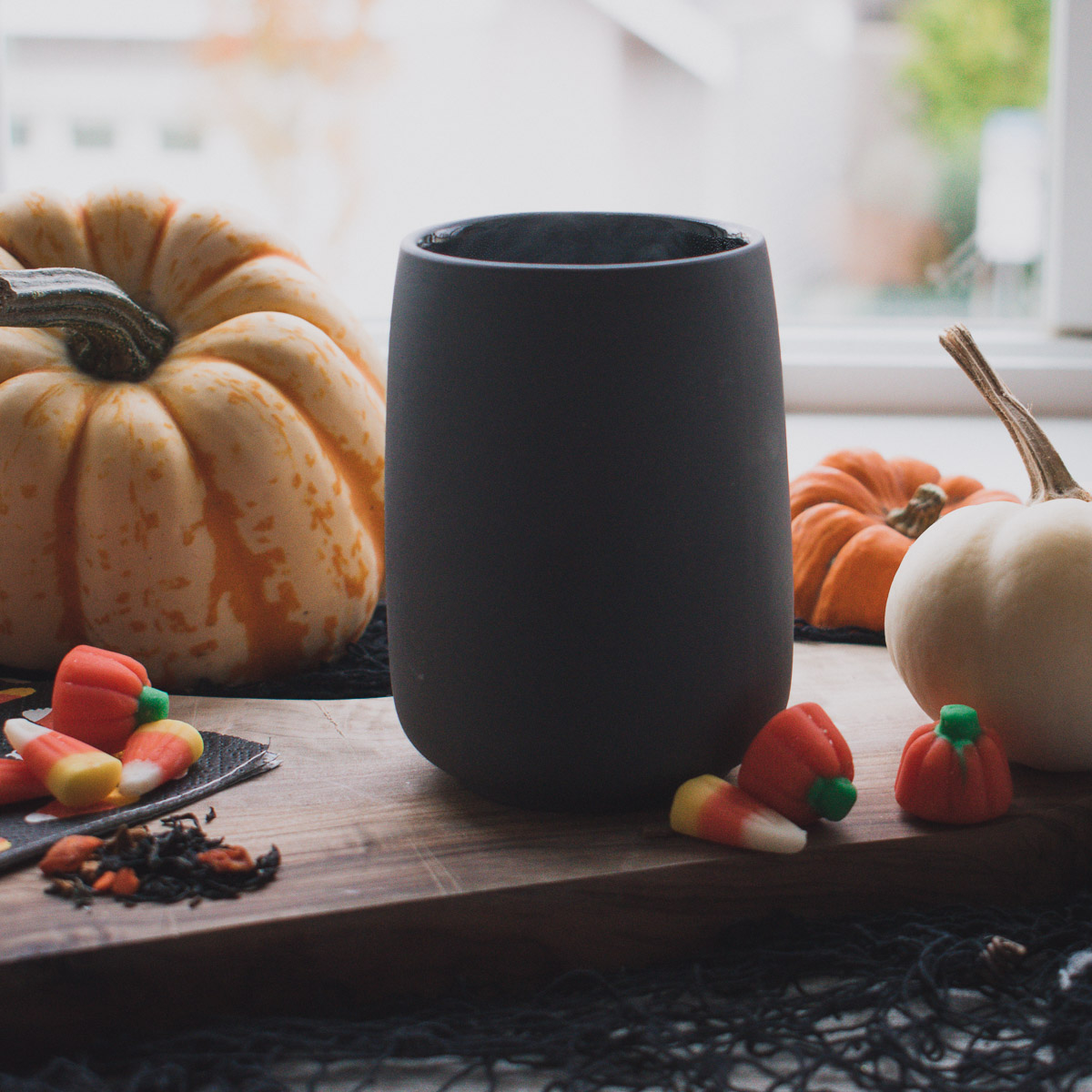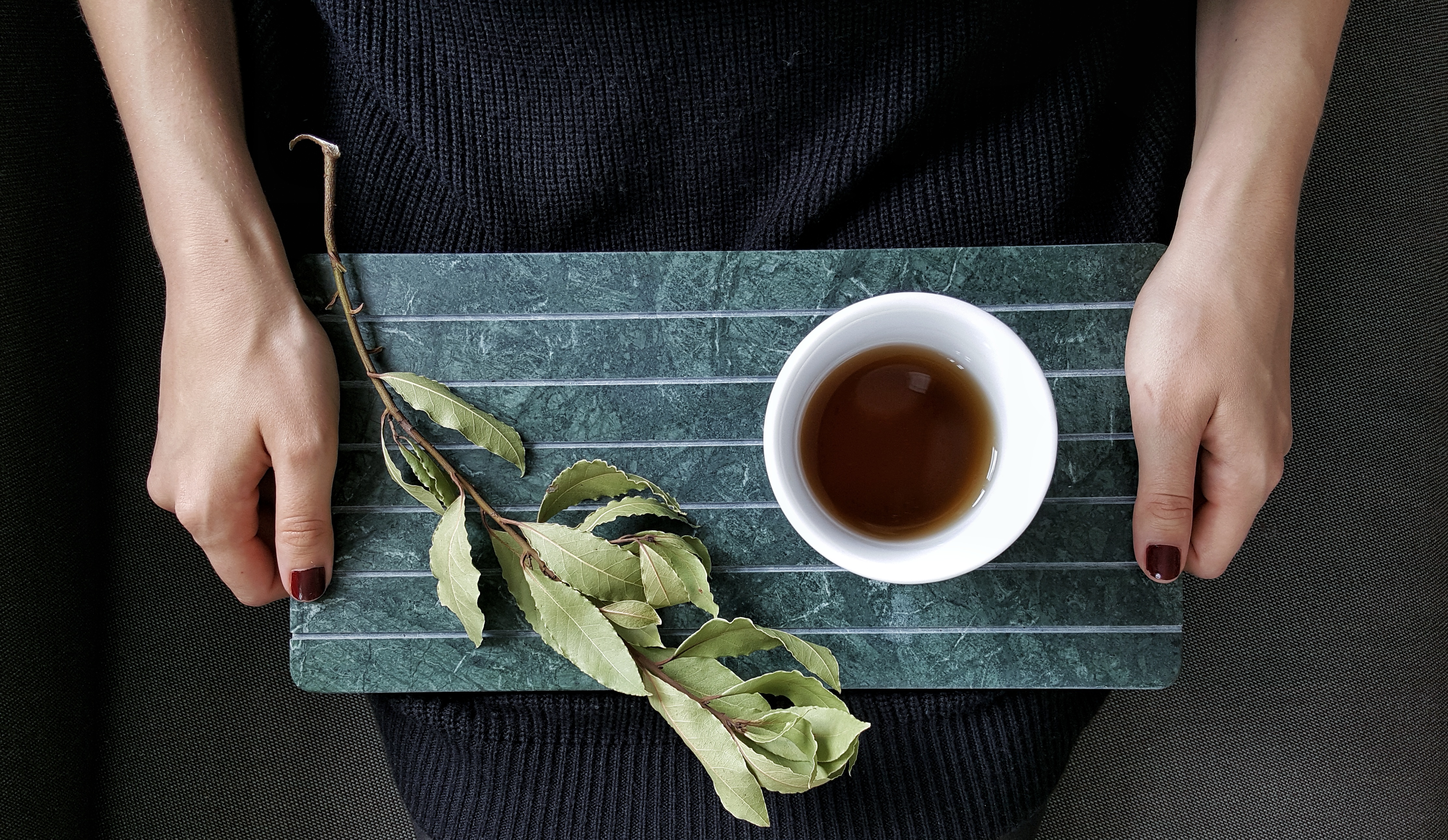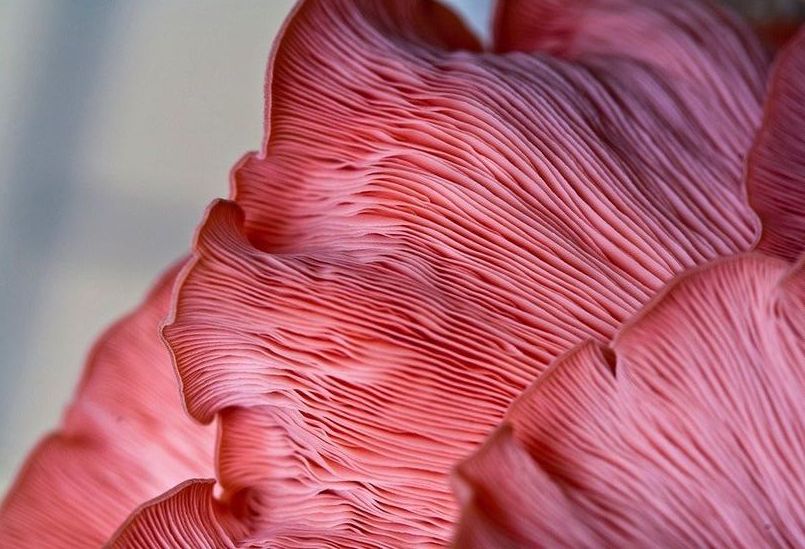Oolong is unique type of tea making it, perhaps ironically, difficult to describe.
It’s a traditional Chinese tea that ranges in different shapes and flavours, depending on where it was grown and how it was processed.
It has no definitive tasting note. Rather, the high variation in the oxidizing process can imbue it with a range of flavour characteristics from light to full bodied, sweet to toasty, floral to grassy.
It’s also neither a black tea nor a green tea, falling into its own unique category. But it has a combination of dark and green teas giving it several health benefits. It’s packed with several vitamins, minerals and antioxidants known to boost metabolism and reduce stress.
However, it’s most impressive quality might be that one of the varieties in the oolong family, Da Hong Pao, is the most expensive tea in the world.
What is Da Hong Pao?
Da Hong Pao, which translates to Big Red Robe, is a heavily oxidized, dark oolong tea originally grown in the Wuyi Mountains located in Fujian, China. The tea is famous among other oolongs due to its royal reputation and long history.
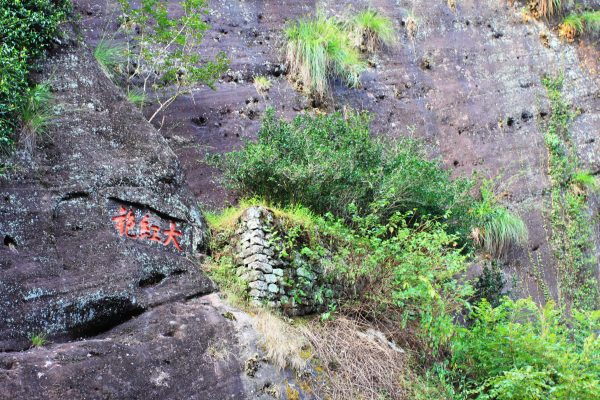
Tea fit for an Emperor
As one legend has it, when the mother of a ruler from the Ming Dynasty fell ill, she drank Da Hong Pao tea made from the plants on the Wuyi rock, curing her ailment. To show his appreciation, the ruler sent red robes to Wuyi to cover those four bushes. Other stories claim that the bushes were so admired that they were cloaked in red robes by Imperial officers. And some say it was so named for the colour filtering through the plants of when the dusk light would shine through the tree’s newly grown leaves.
Da Hong Pao is rich in orchid aromas with a flavourful long-lasting aftertaste. This is in part due to the terroir in which it’s grown in Wuyi. Though you can find less expensive varieties of the tea, the highest quality ones normally sell at a higher price than gold. In fact, it can cost more than 30 times its weight in gold, selling at a whopping $1,400 per gram or $10,000 for a pot. This pricey version comes from the original Da Hong Pao tea trees, known as the mother trees. There are only a few original trees left making it extremely rare.
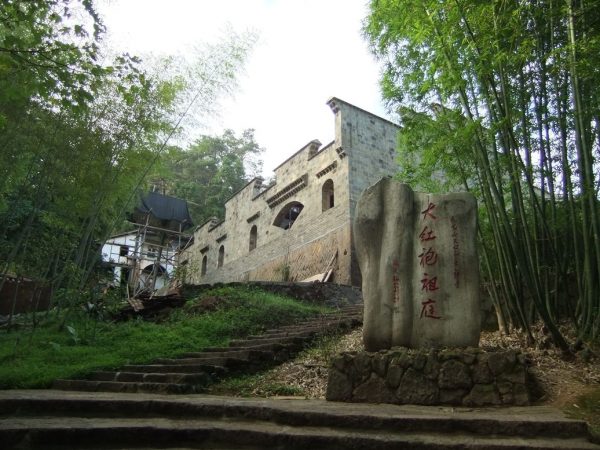
3 Types of Da Hong Pao
Mother Tree Da Hong Pao
Only six Da Hong Pao mother trees remain on a rocky cliff on Wuyi Mountain in southeastern China. This is the most rare and expensive variety since the Wuyi government stopped picking the leaves to ensure their growth in 2007. Getting your hands on this tea would be hard to come by and would cost you a pretty penny.
Purebred Da Hong Pao
In 1980 researchers took cuttings from the mother trees to reproduce them and it worked! This led to the explosion of production as tea experts approved these cloned bushes. Today there are over 40,000 acres of land dedicated to growing purebred Da Hong Pao.
Commodity Da Hong Pao
The making of purebred trees led to high demand that they couldn’t supply fast enough. This is where researchers started to experiment breeding purebred bushes with other oolong rock teas found in the area such as Shui Xian and Rou Gui.
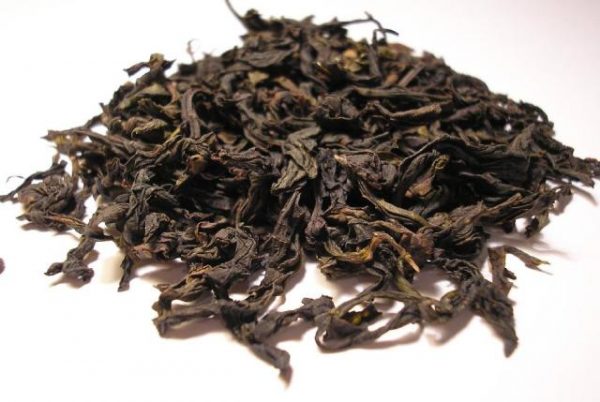
8 Health Benefits of Da Hong Pao
- Boosts metabolism
- Strengthens teeth
- Prevents heart disease and cancer
- Helps relieve stress.
- Helps with skin problems such as eczema and rashes
- Boosts brain power
- Assists in lowering blood sugar levels
- Reduces high blood pressure
